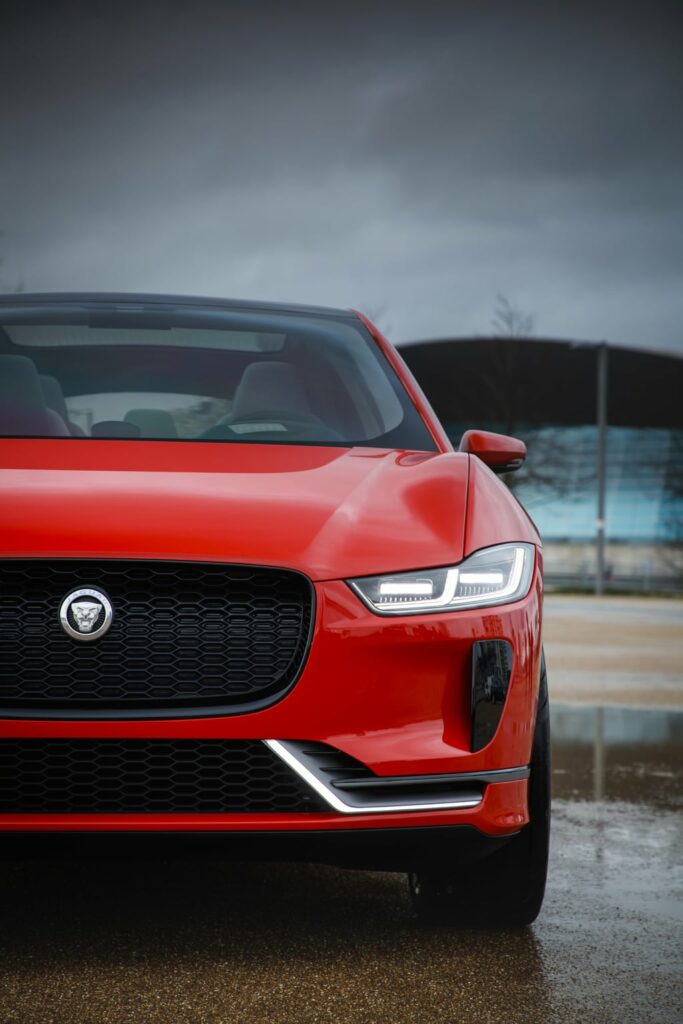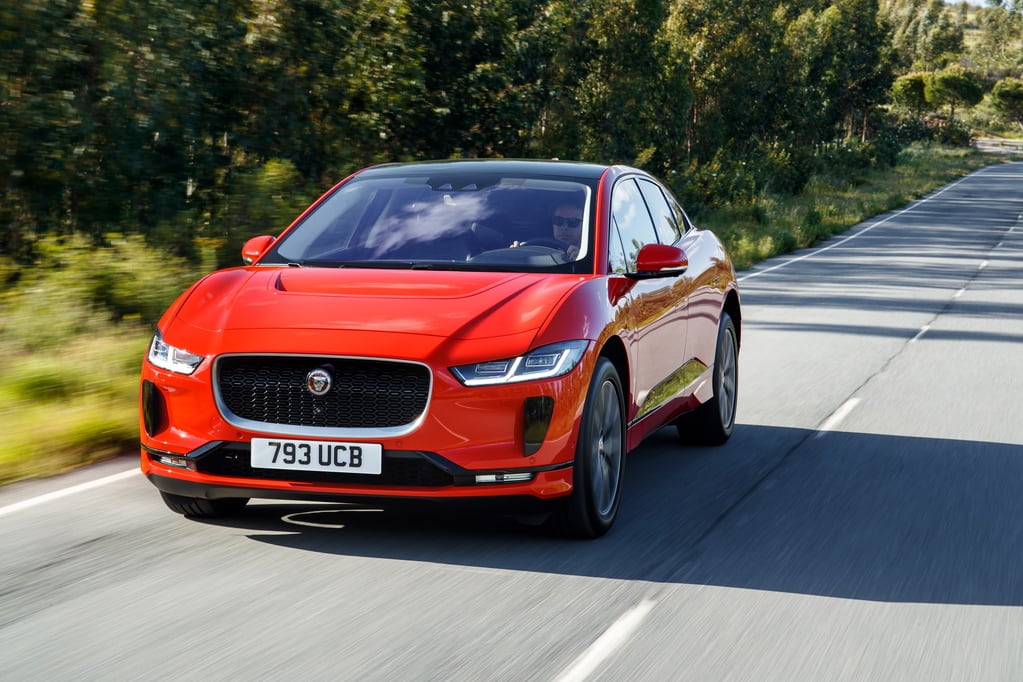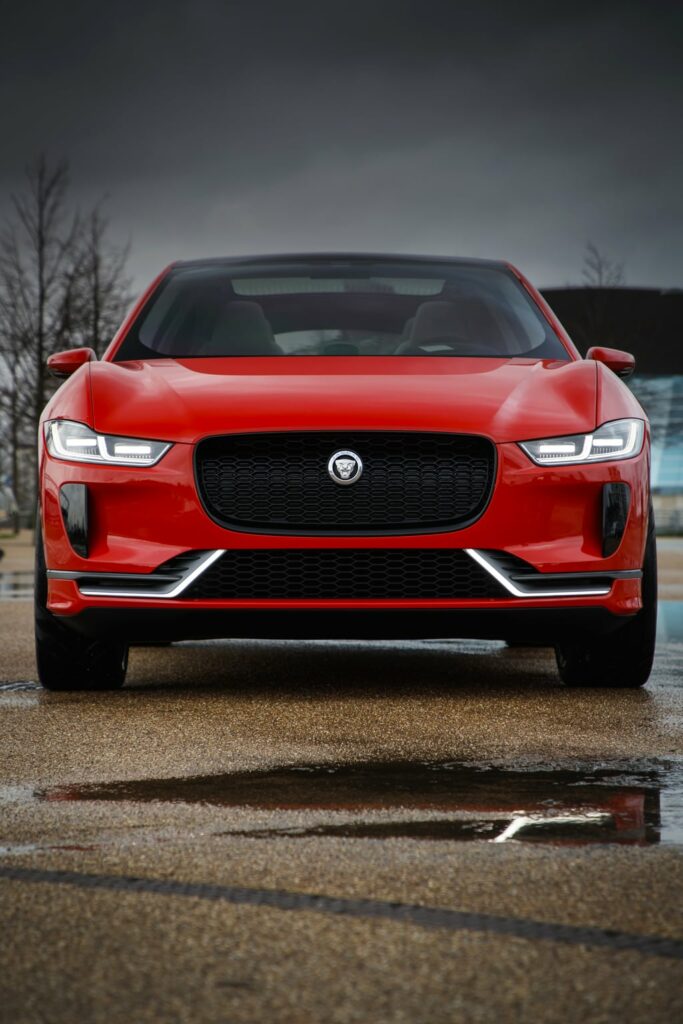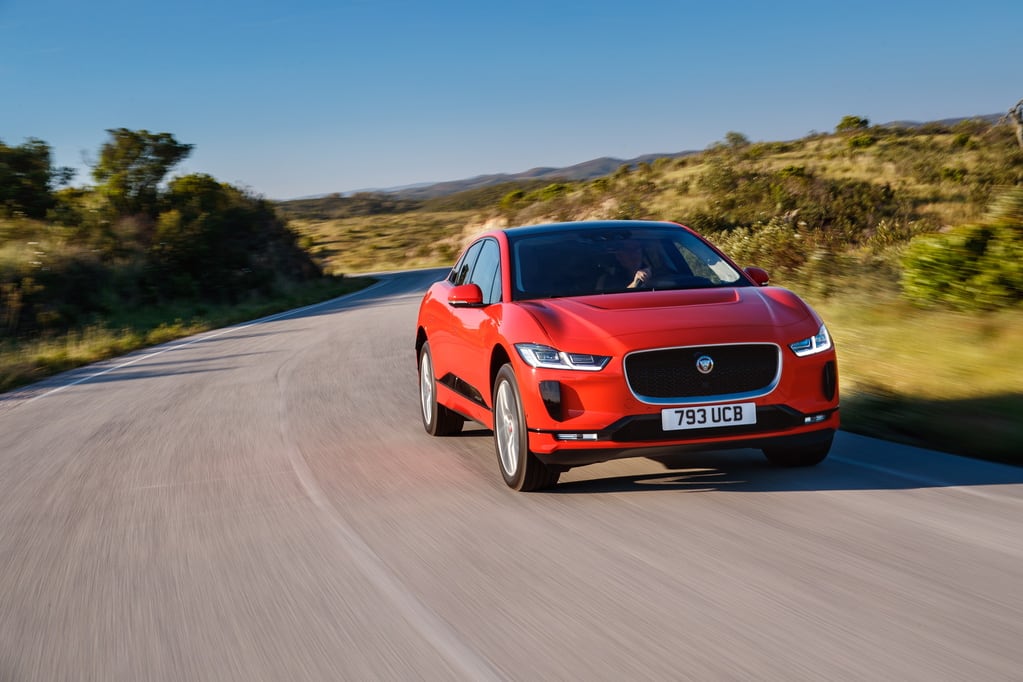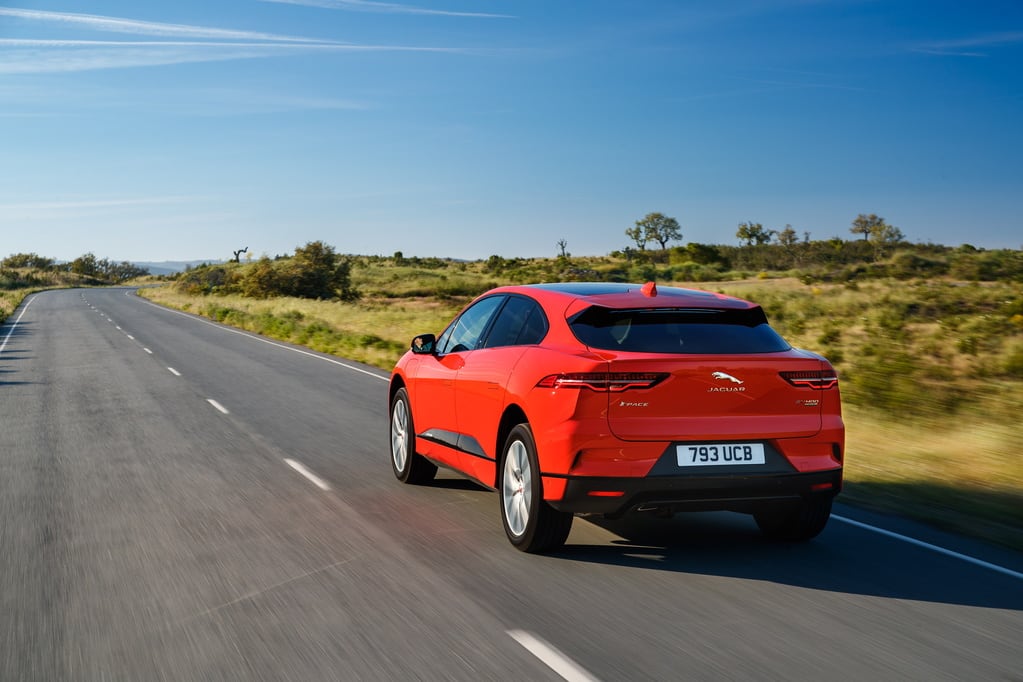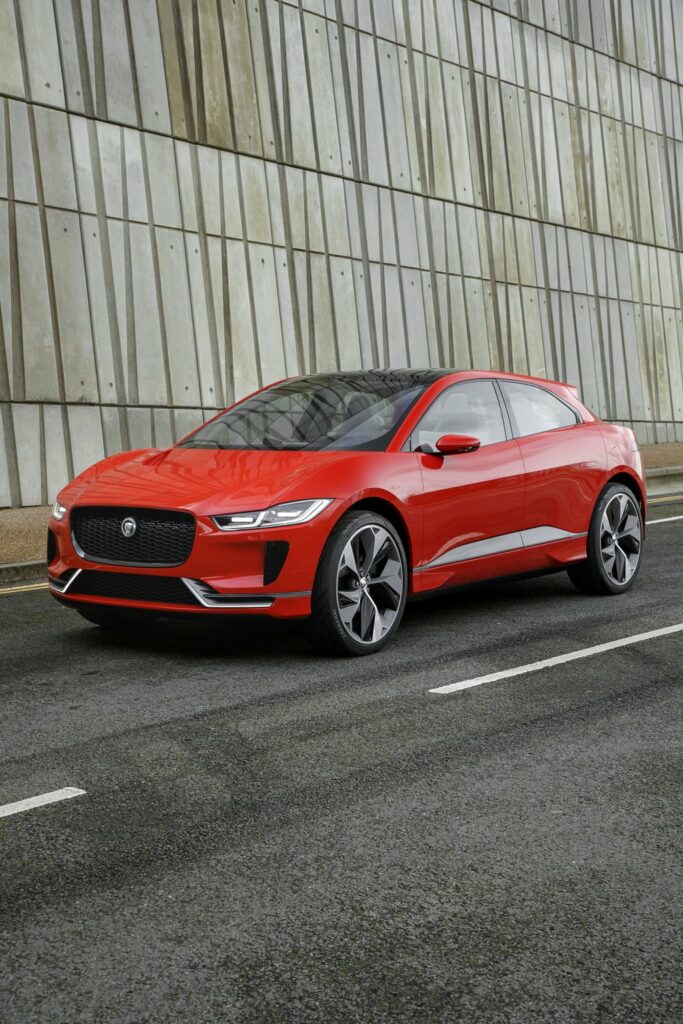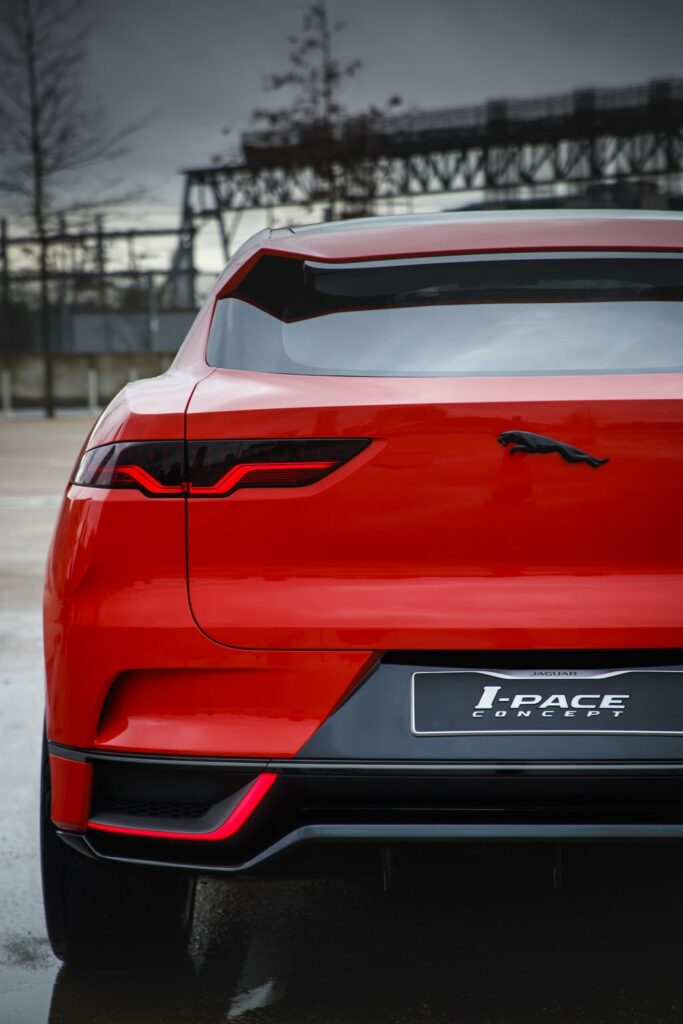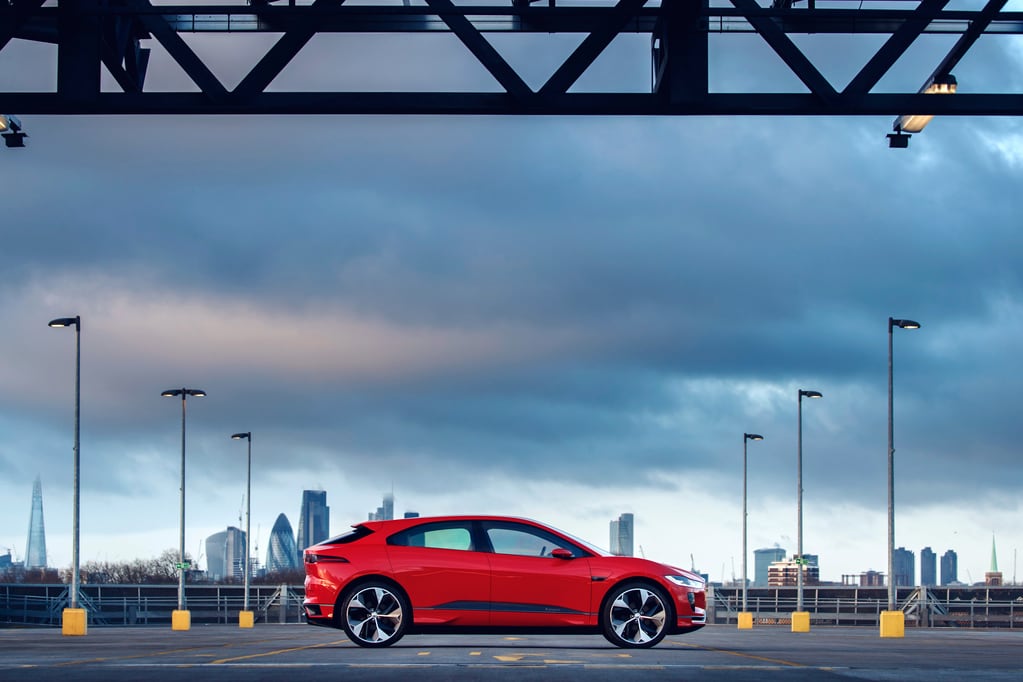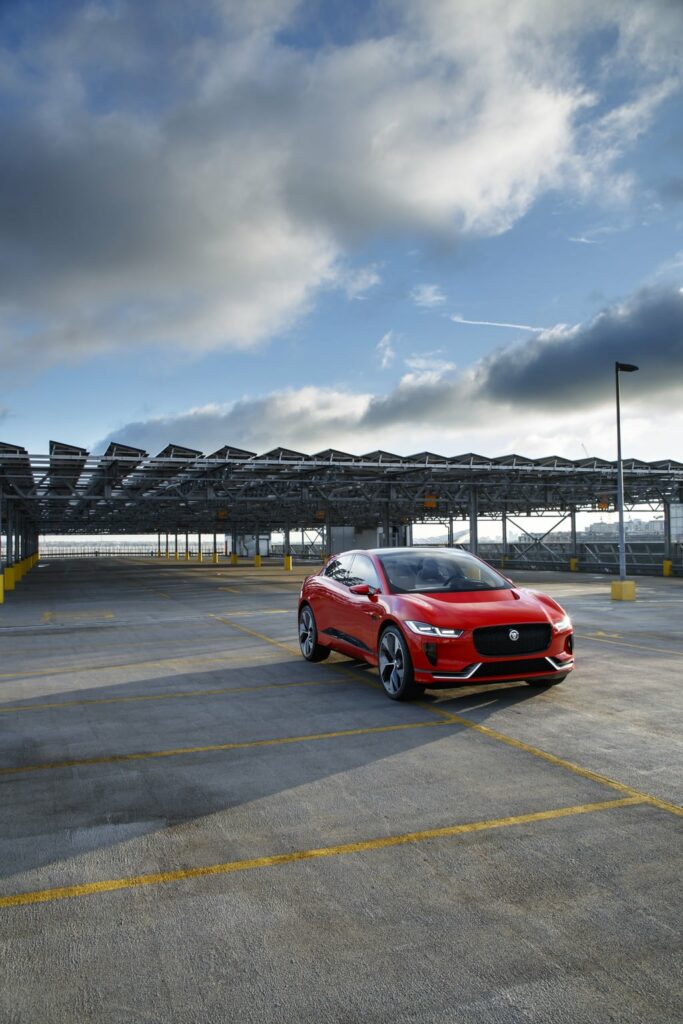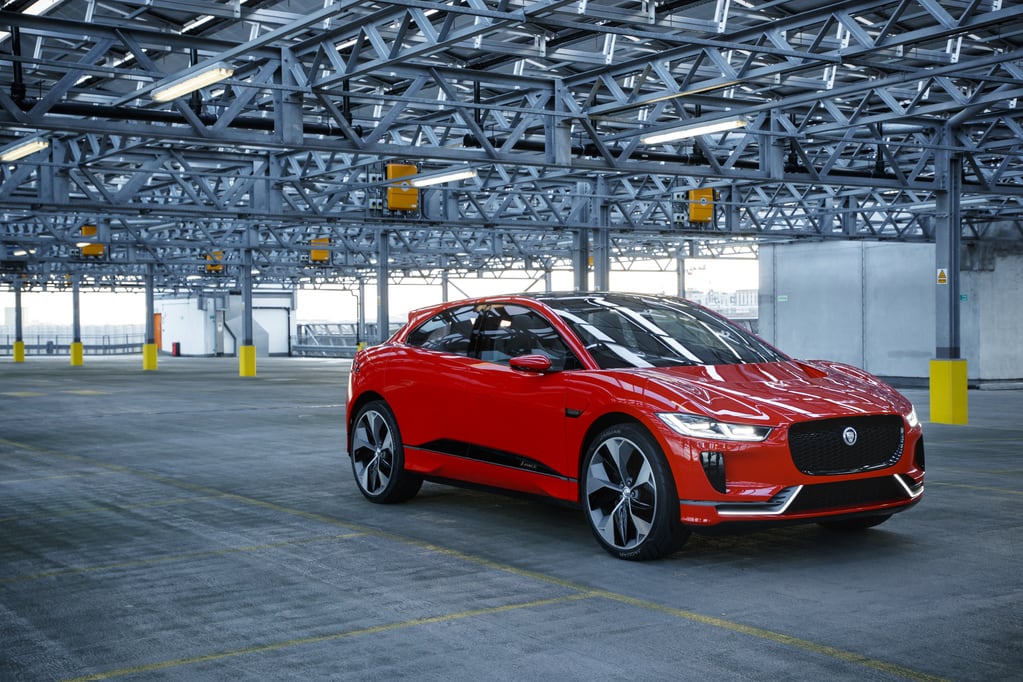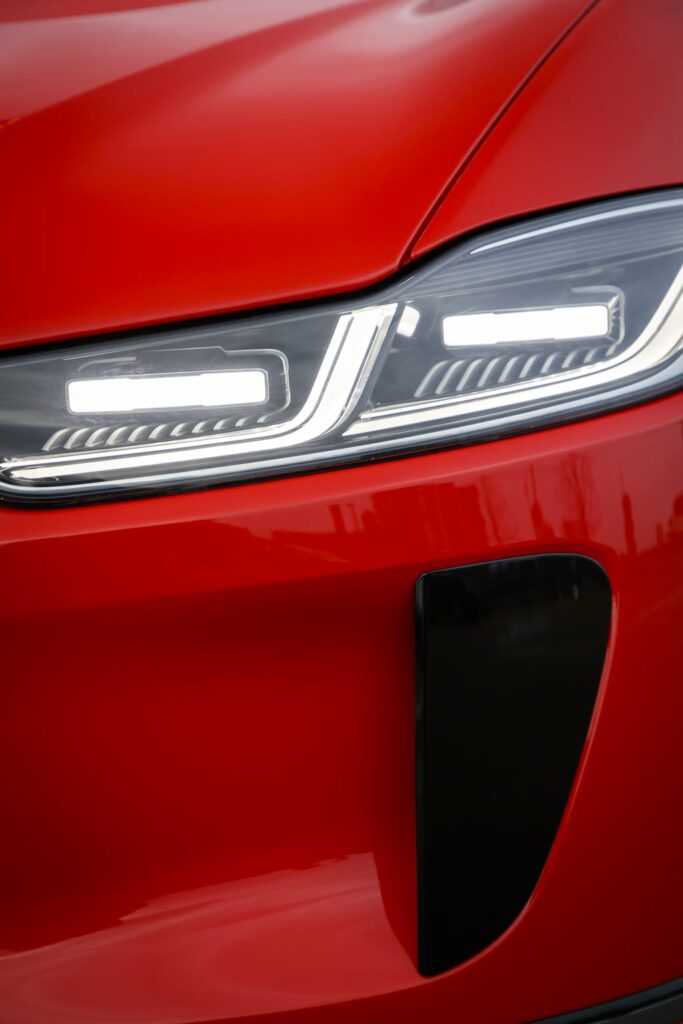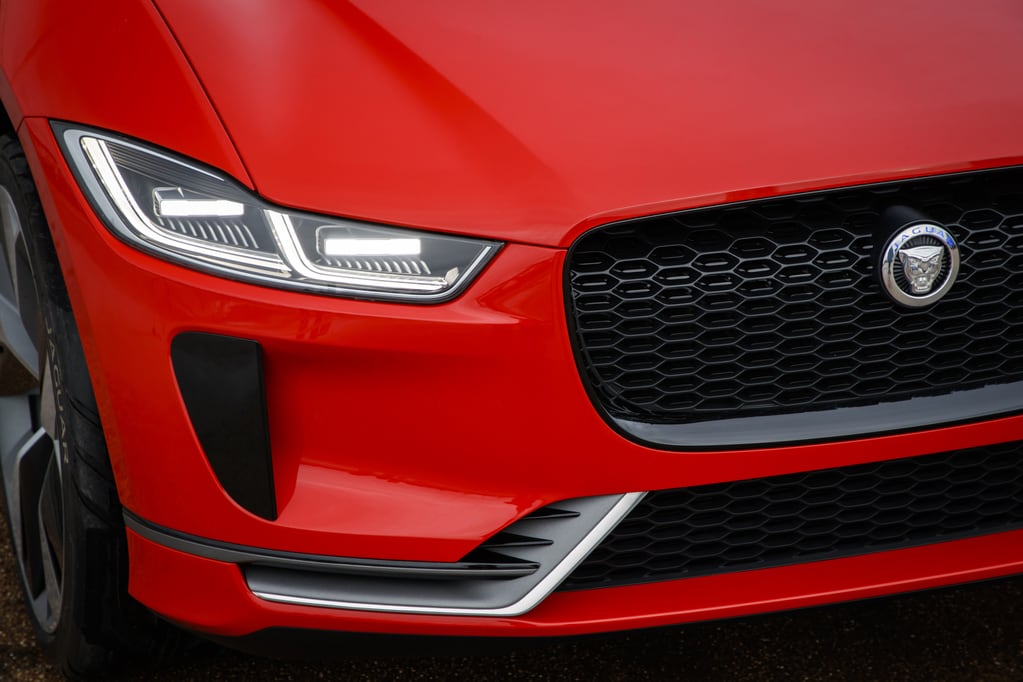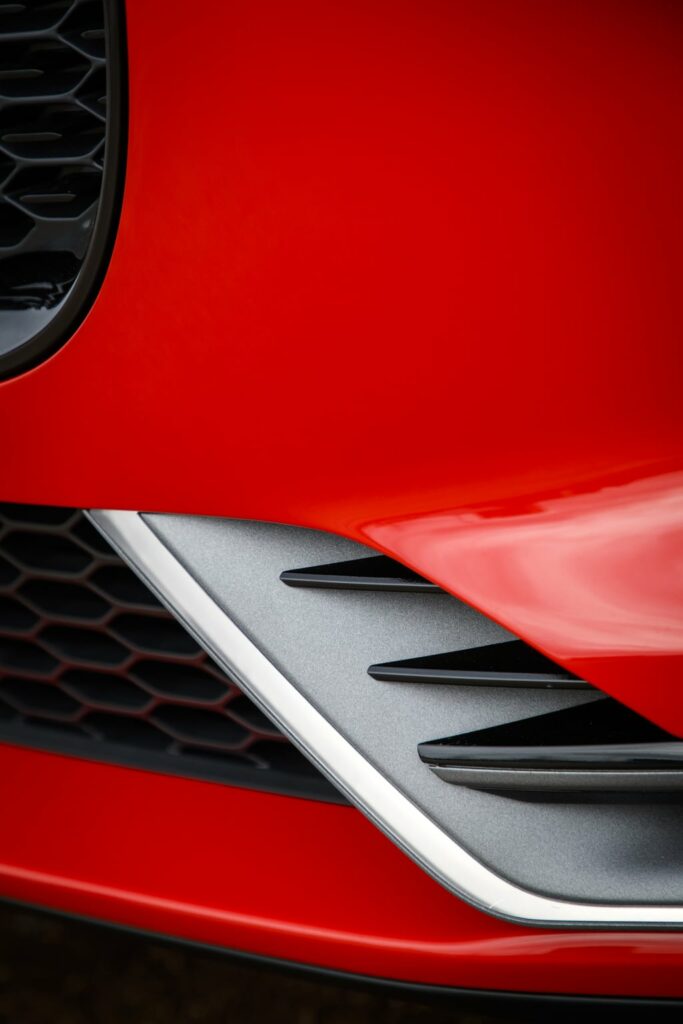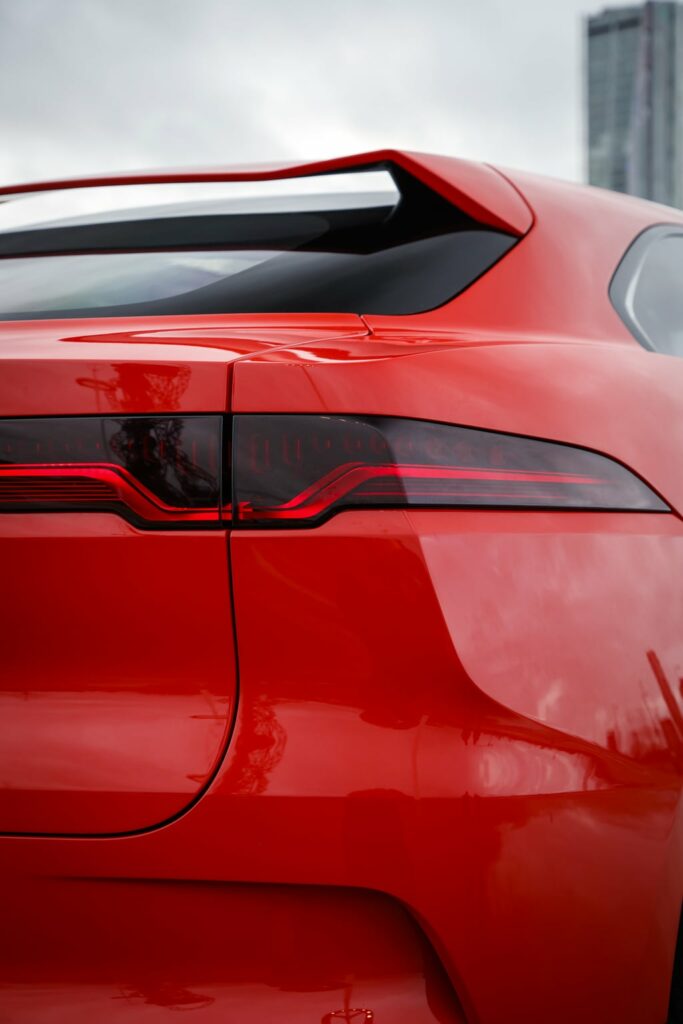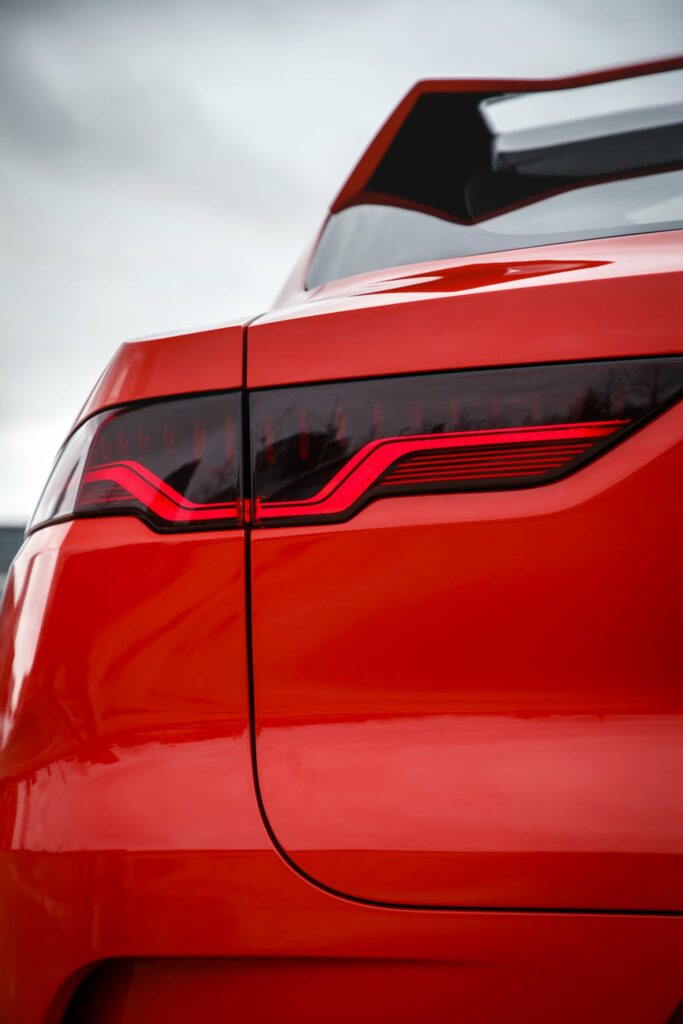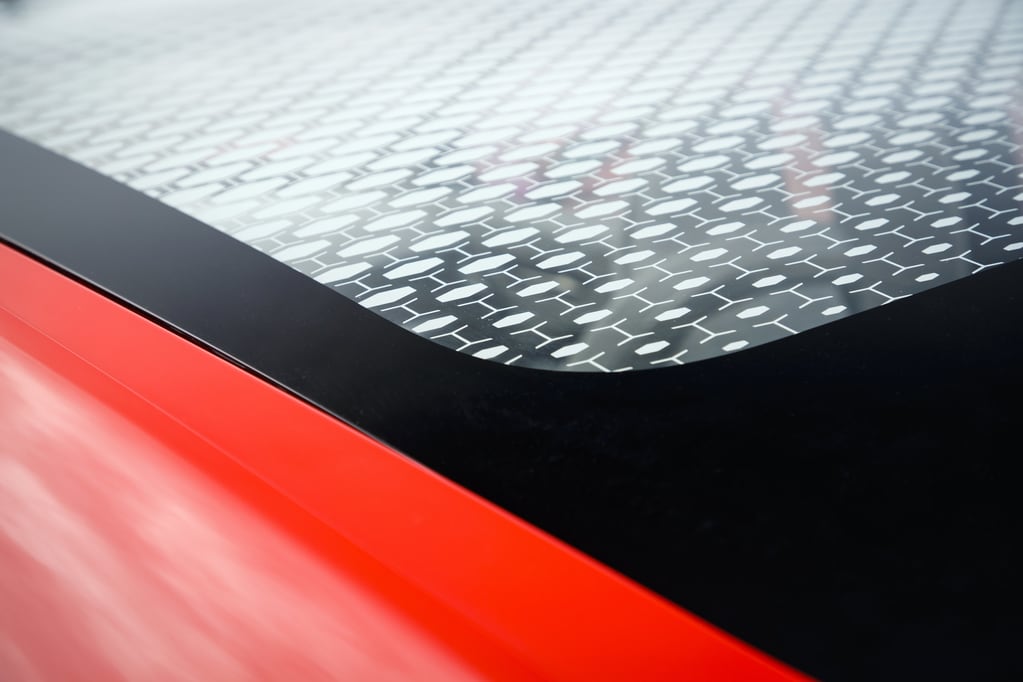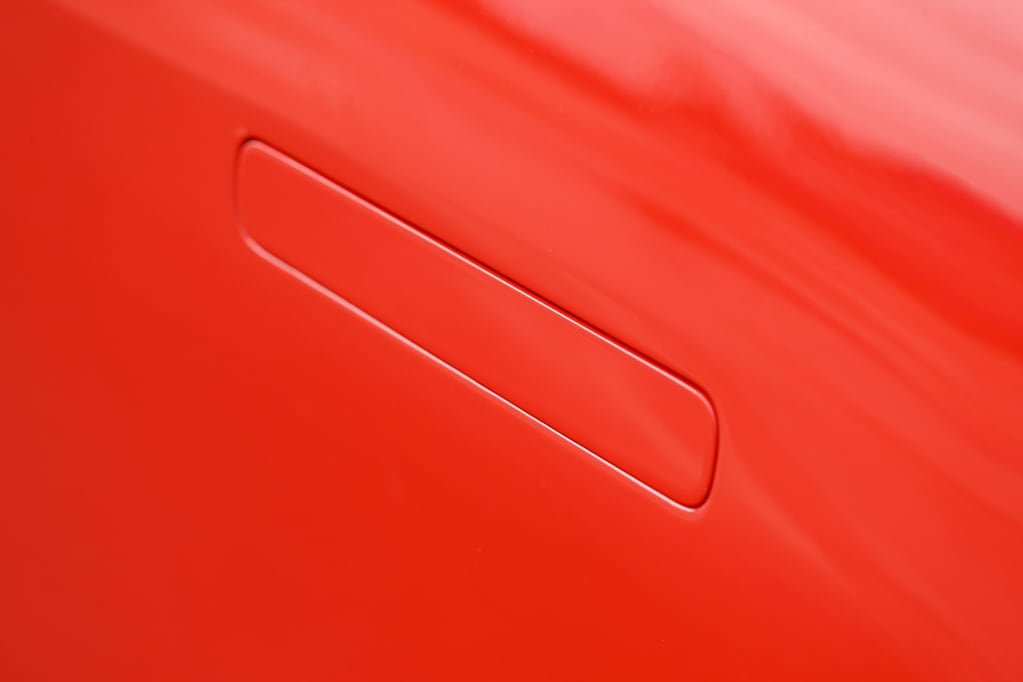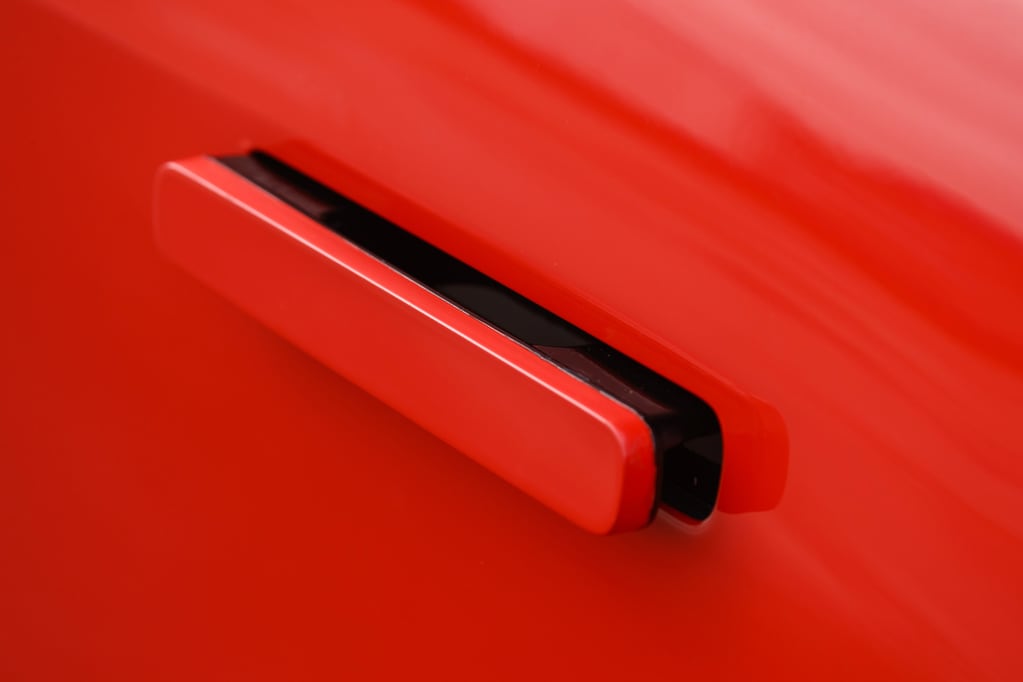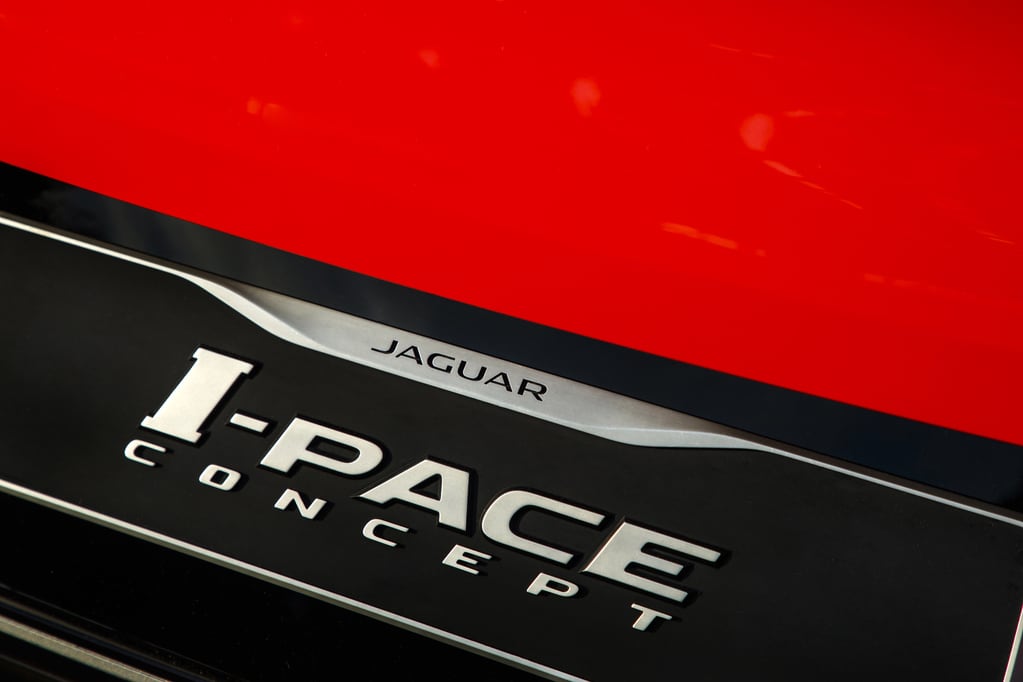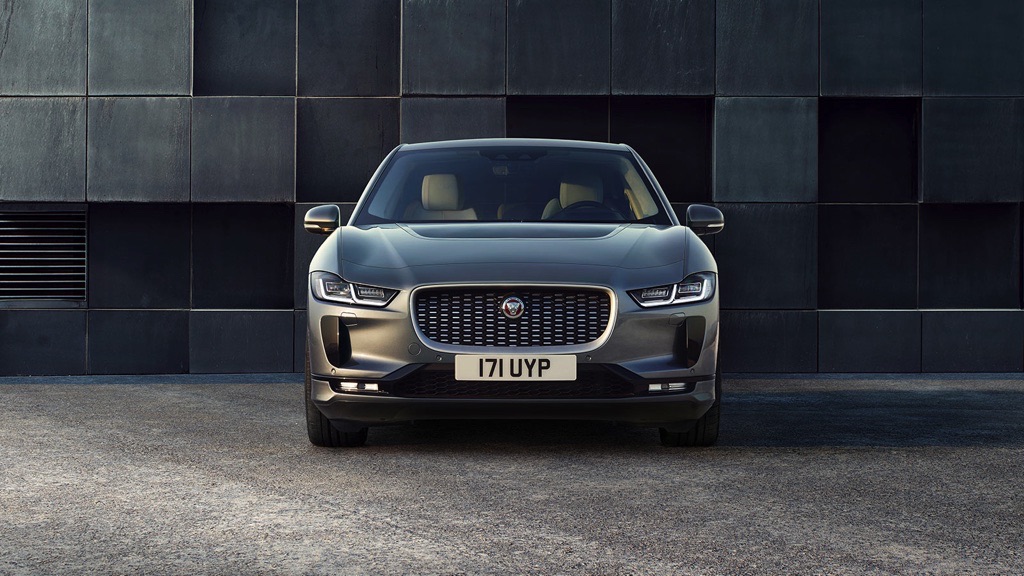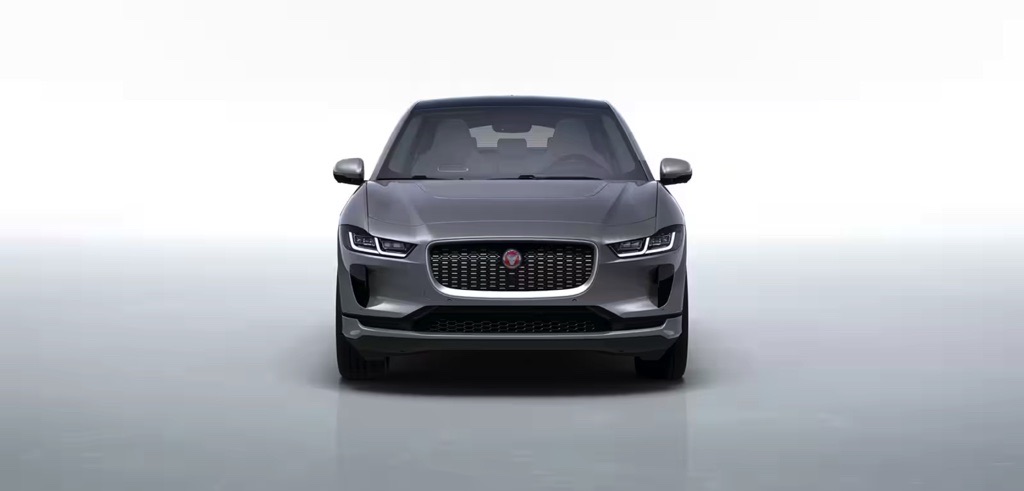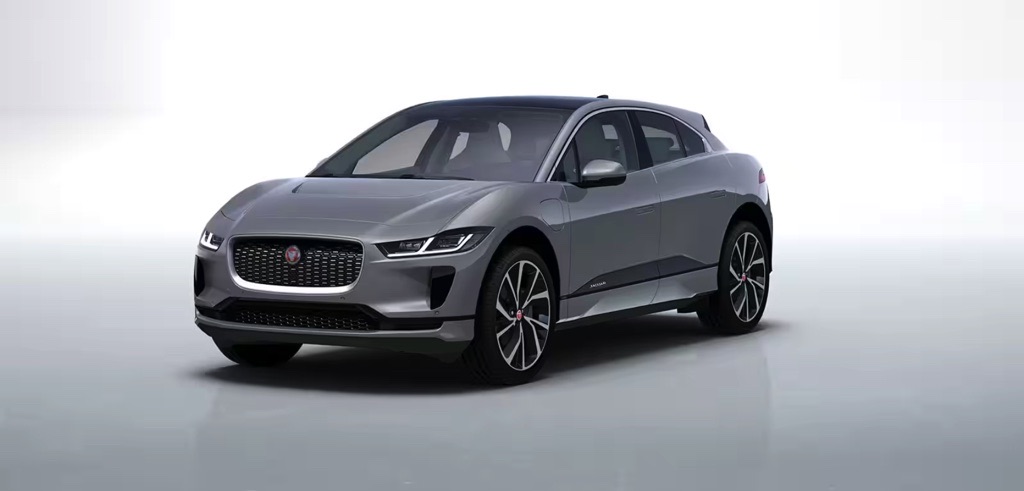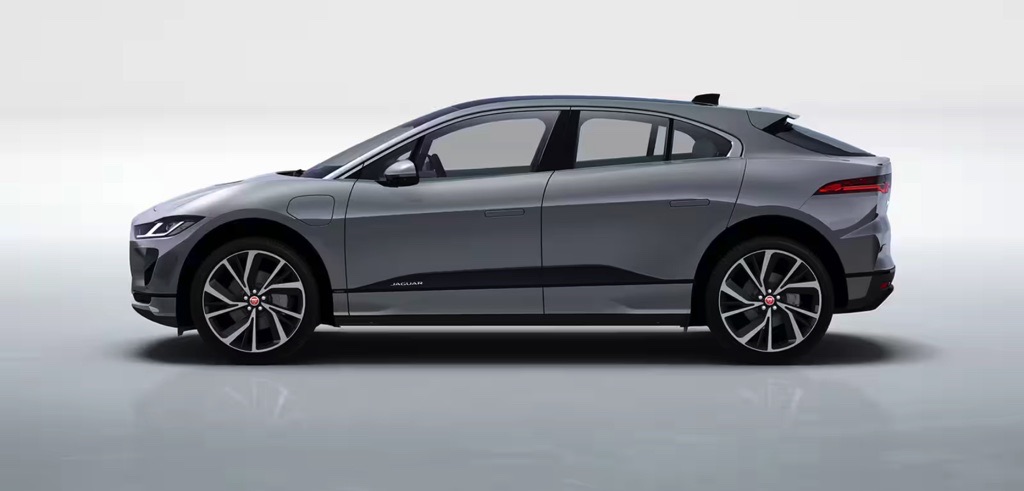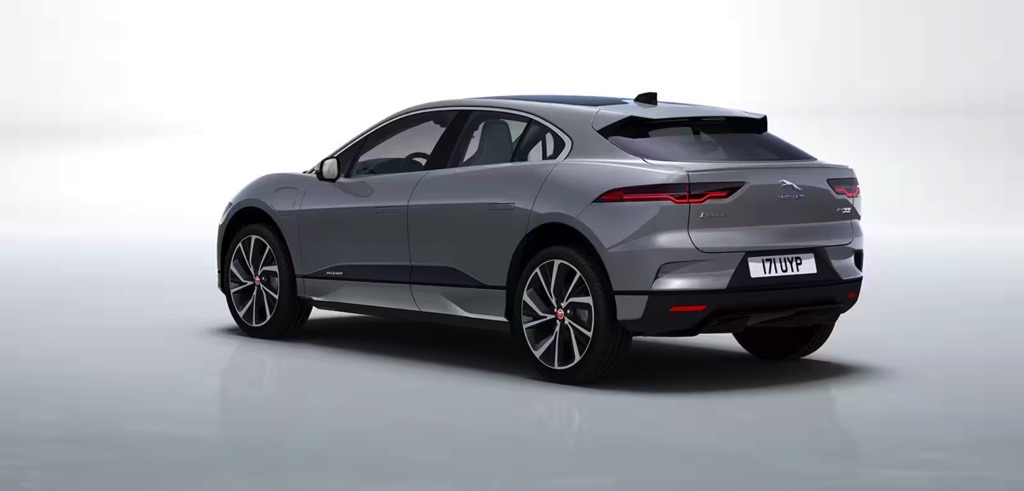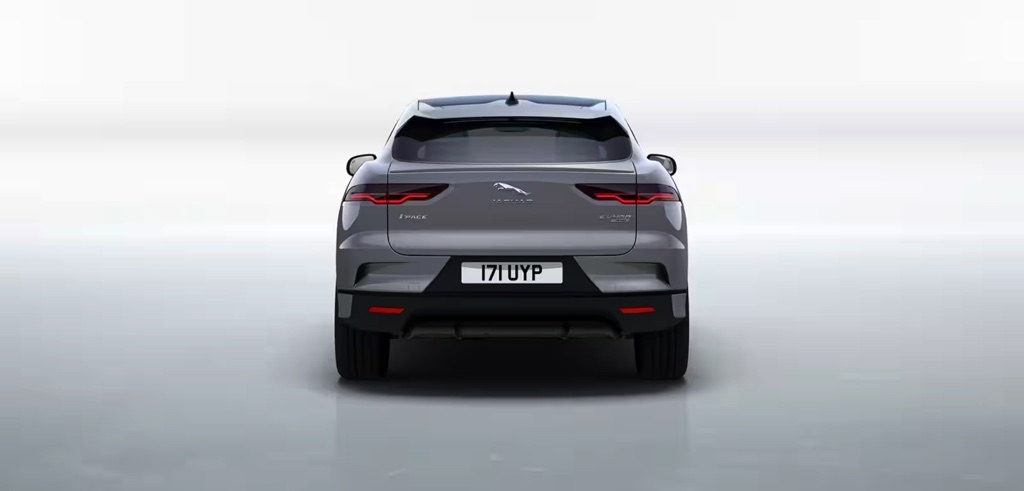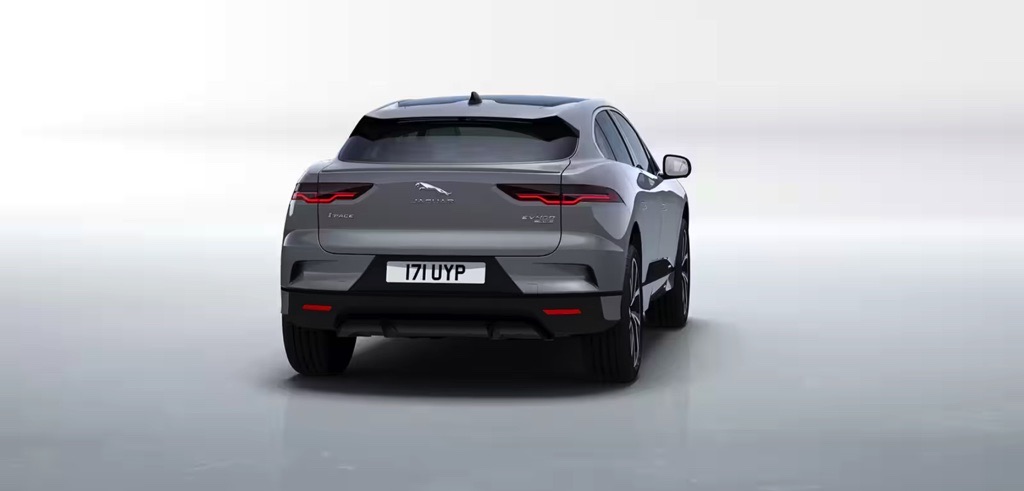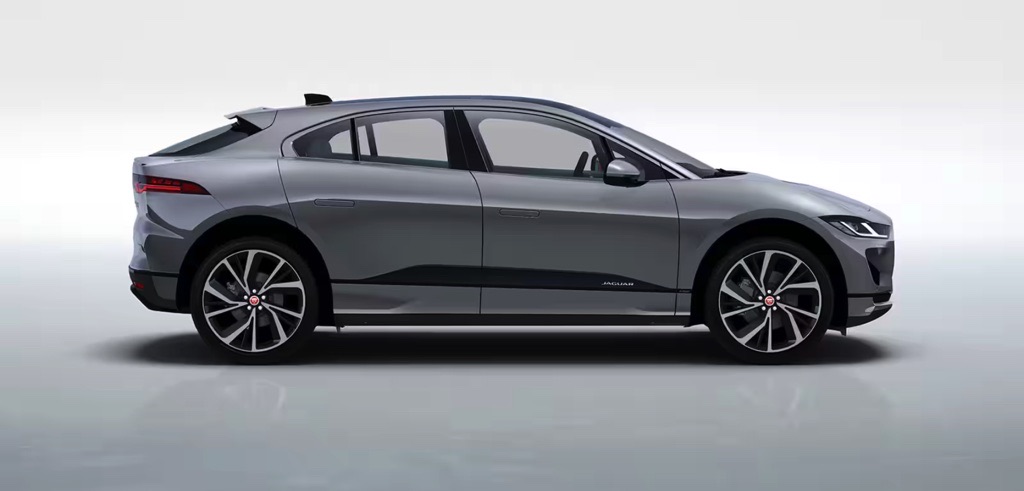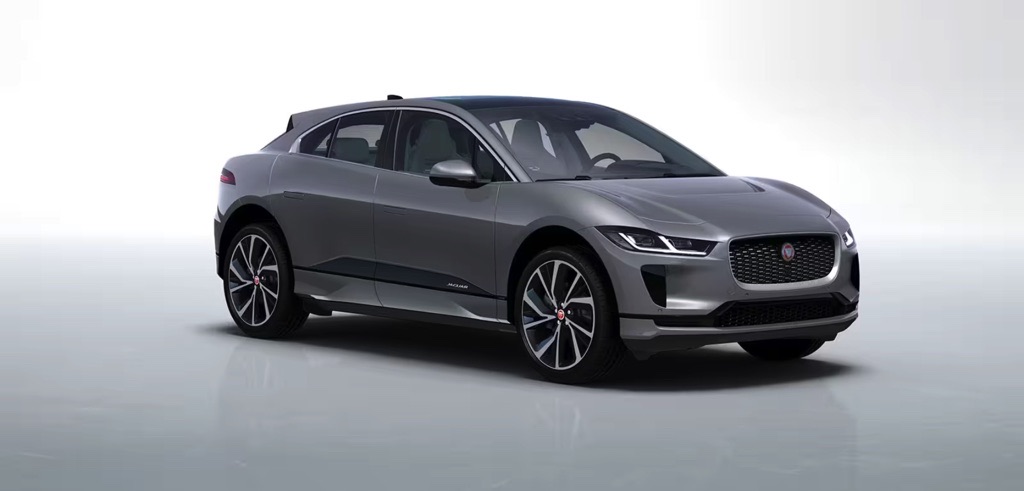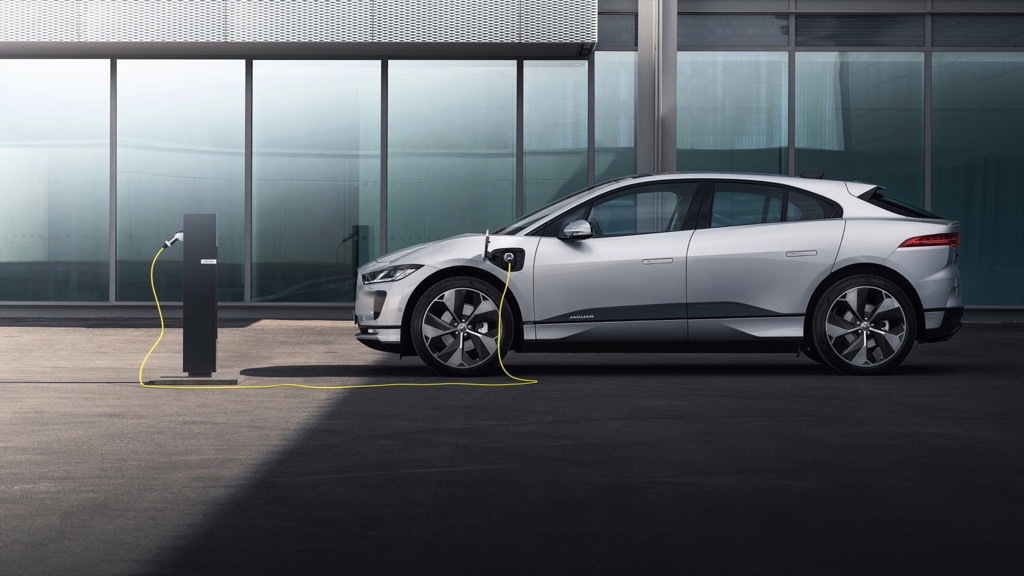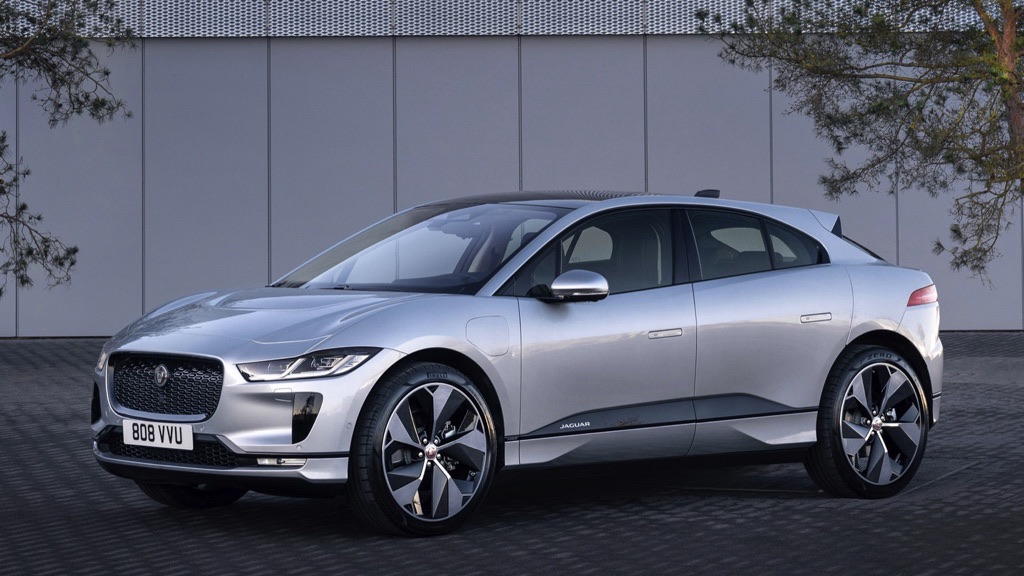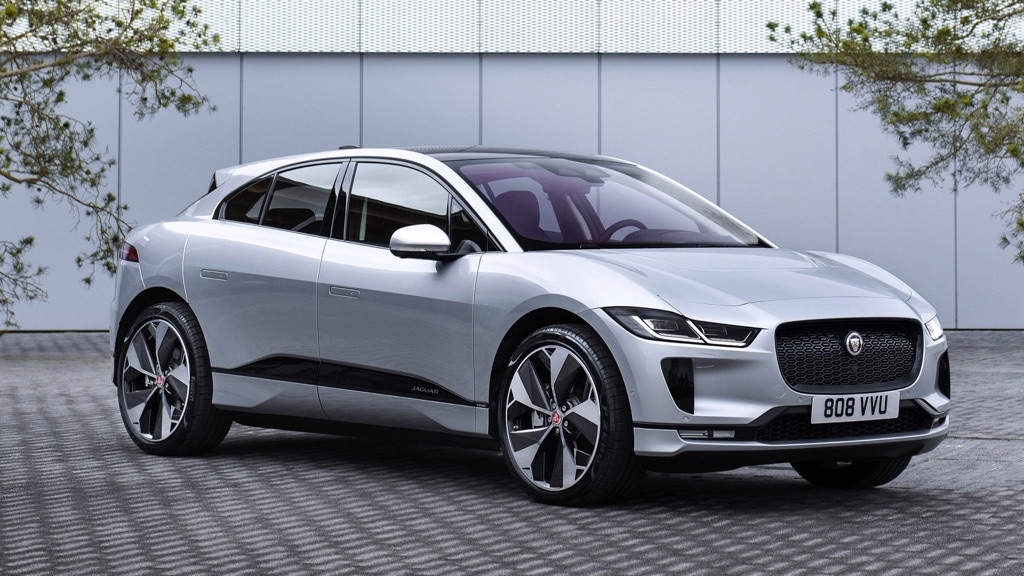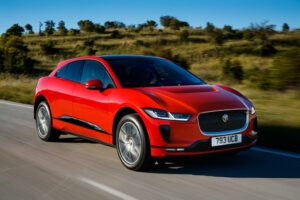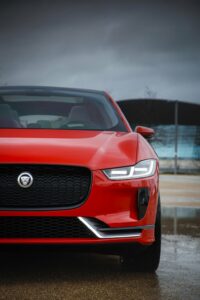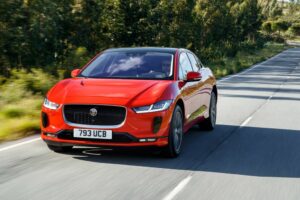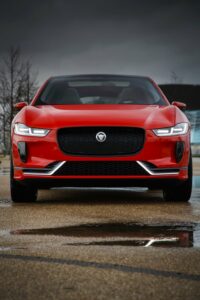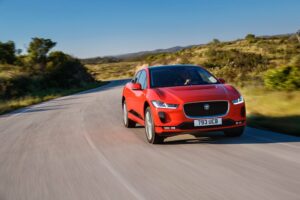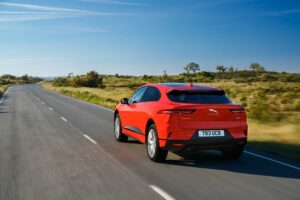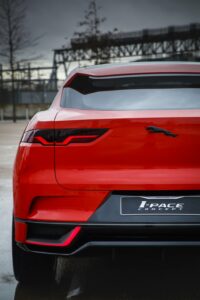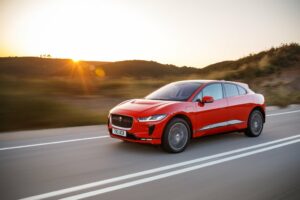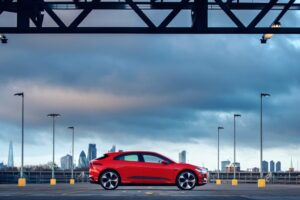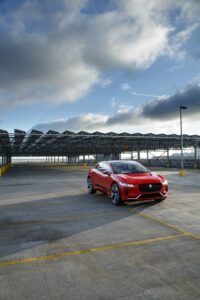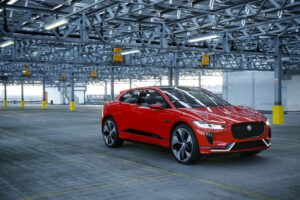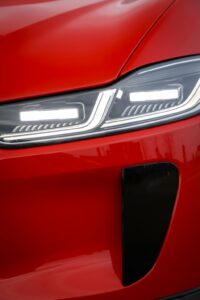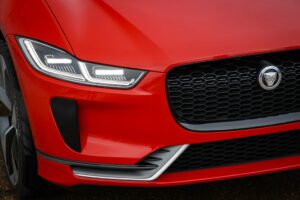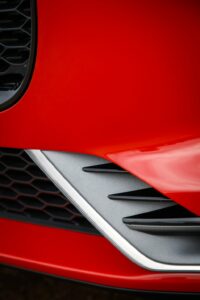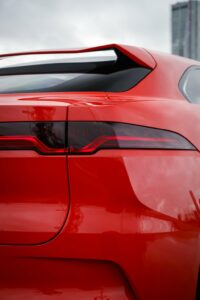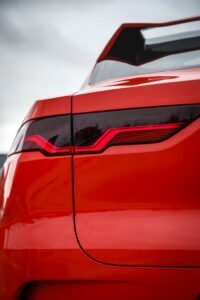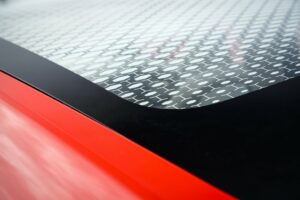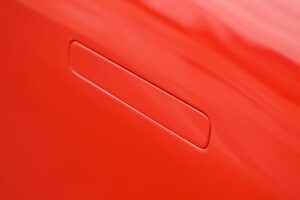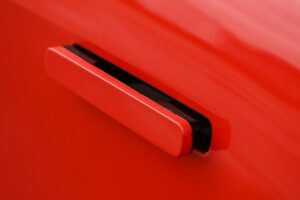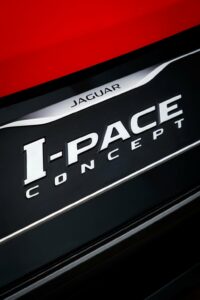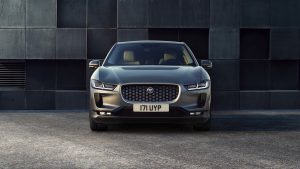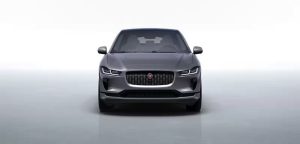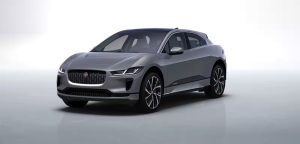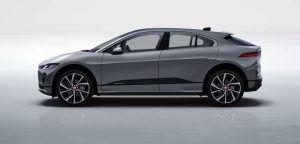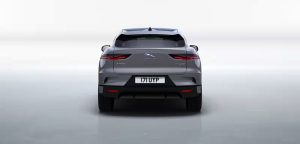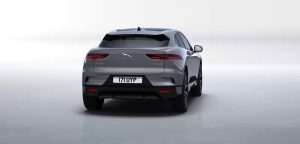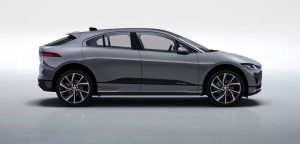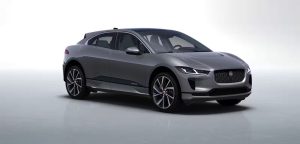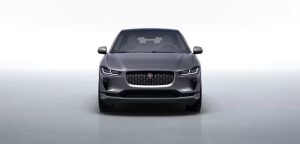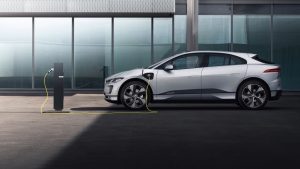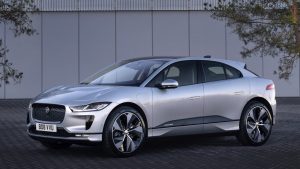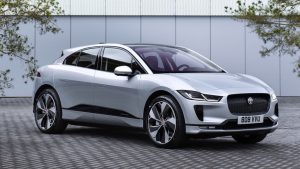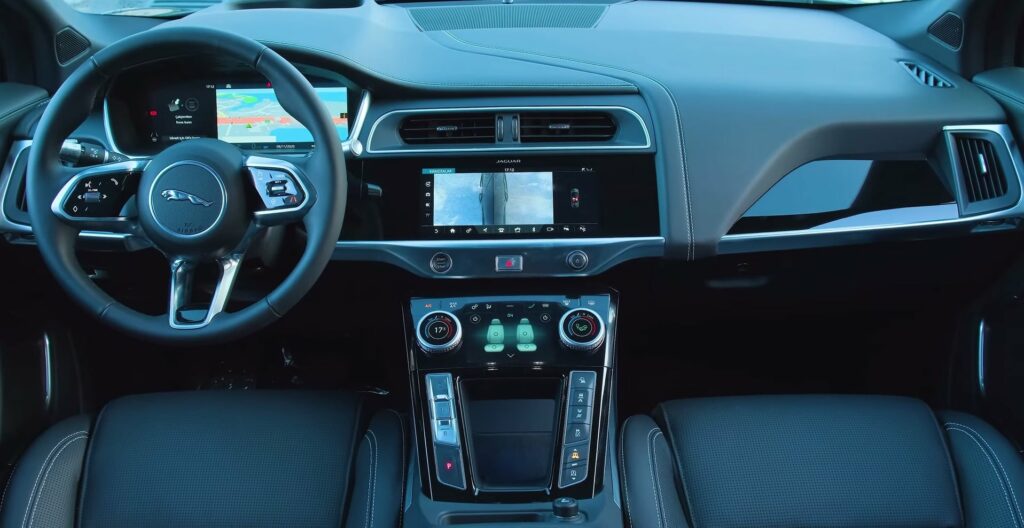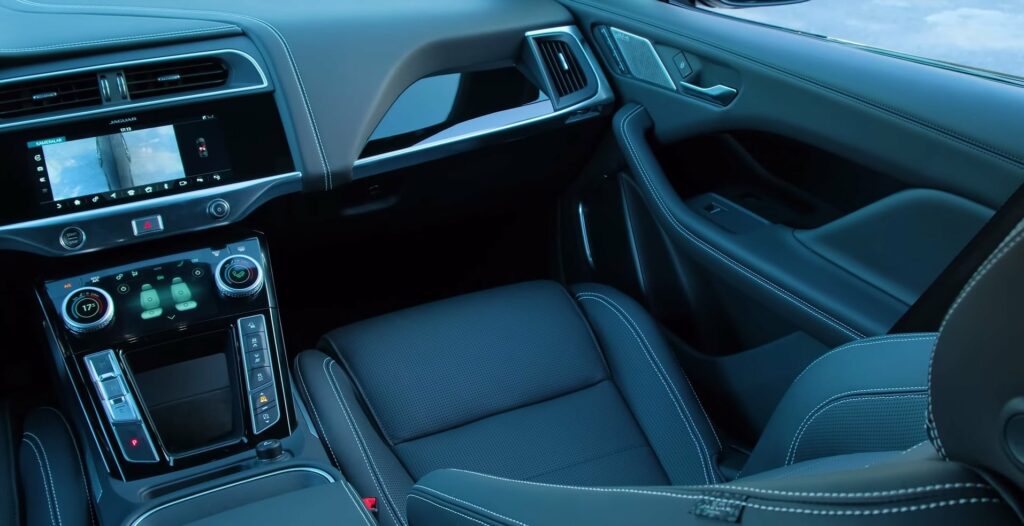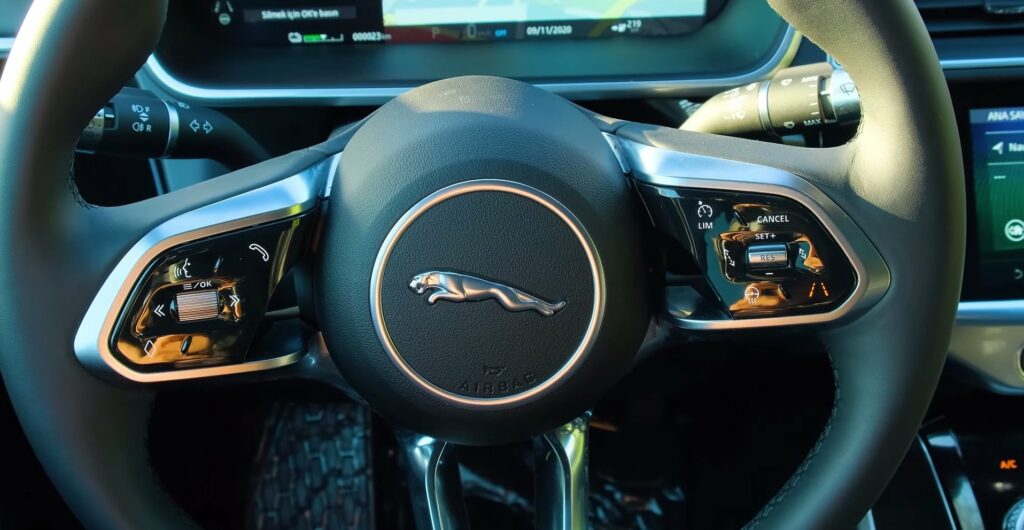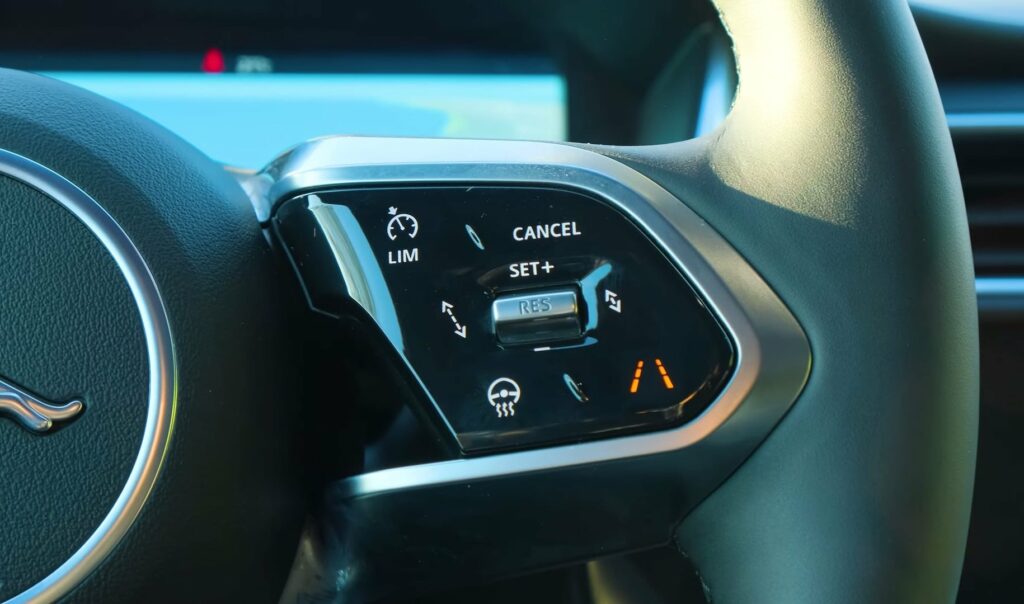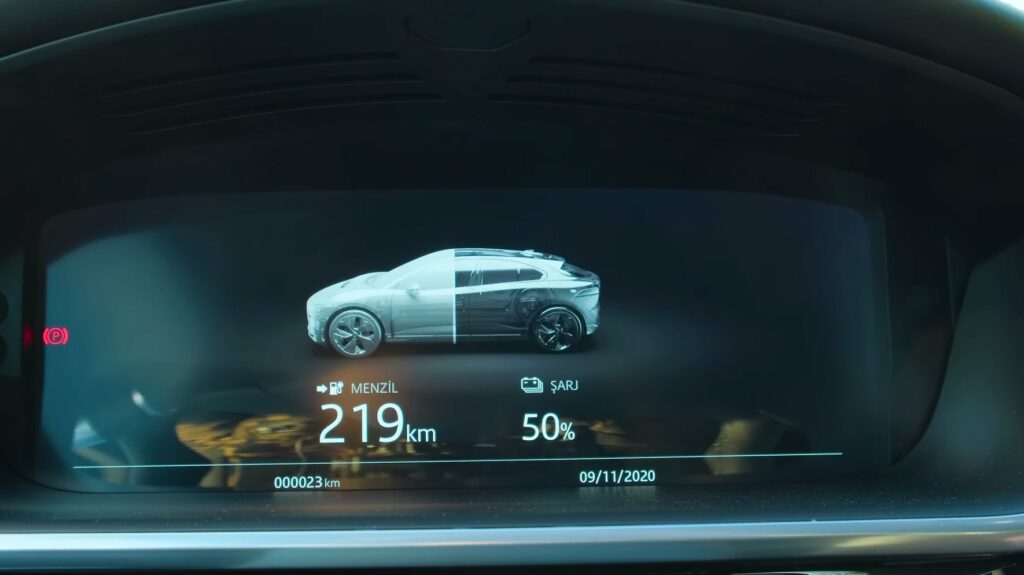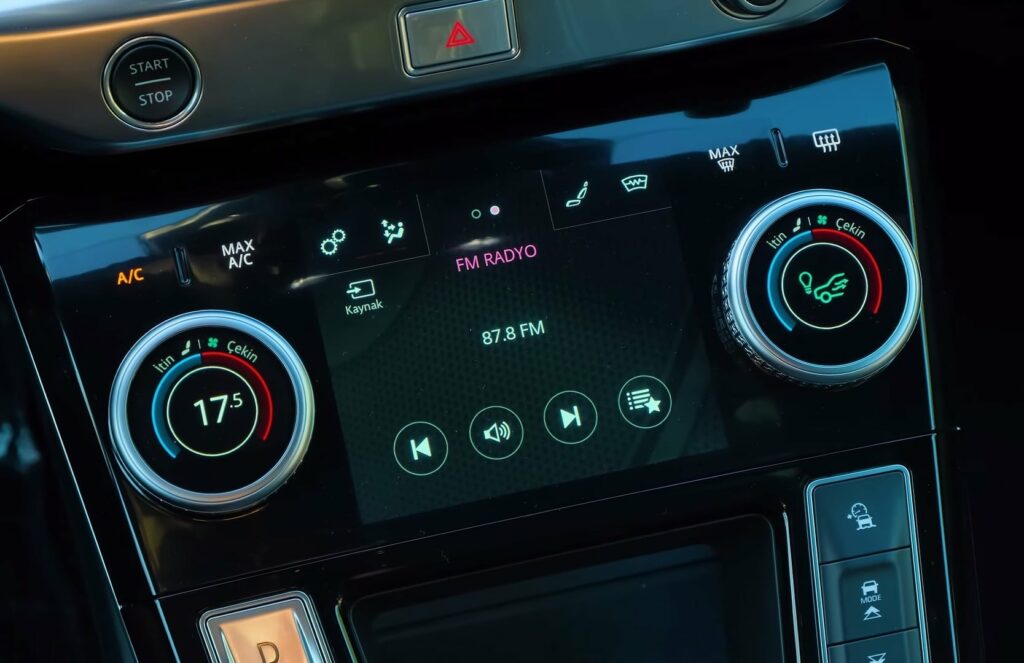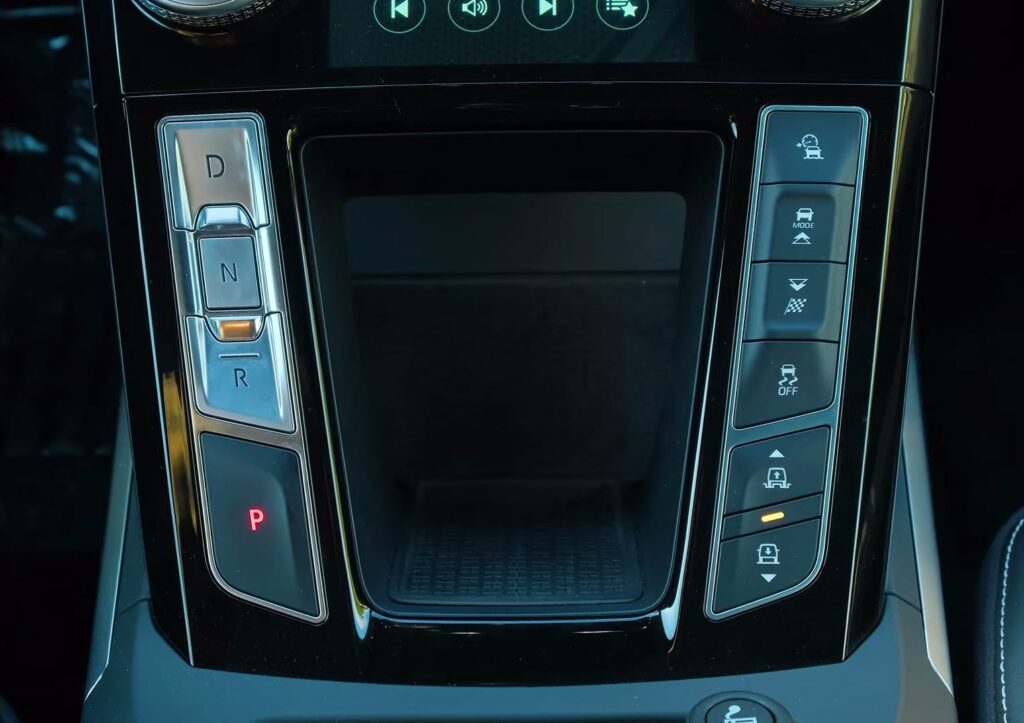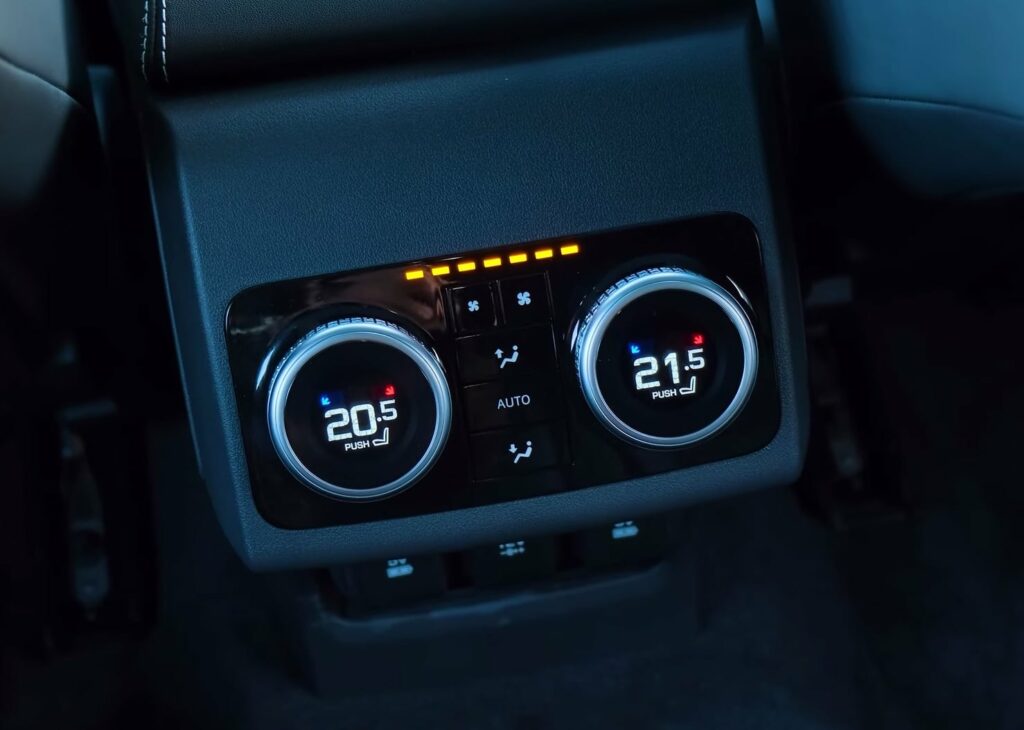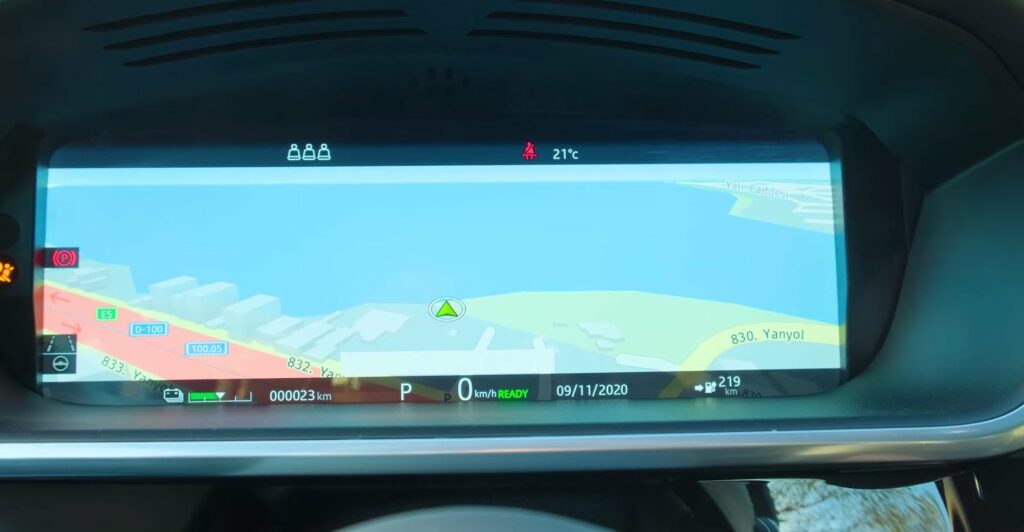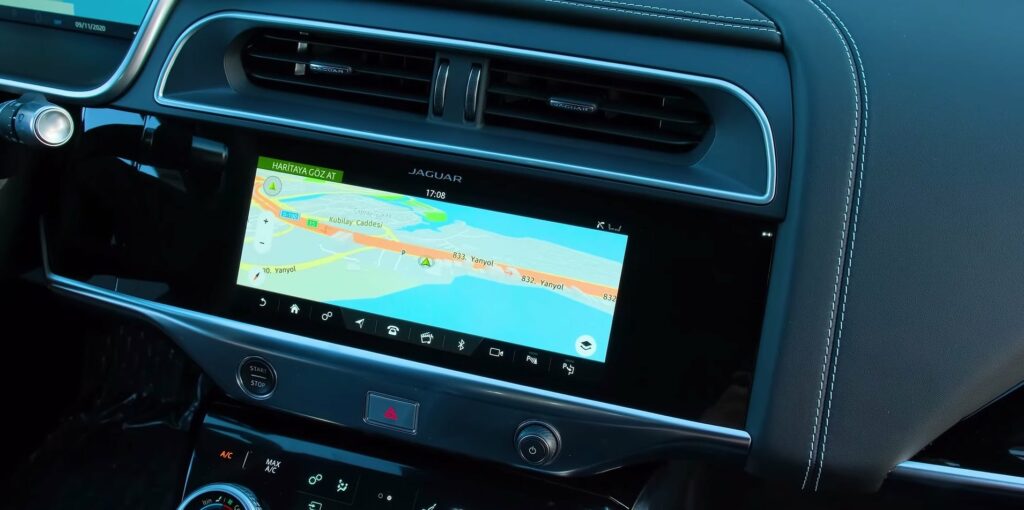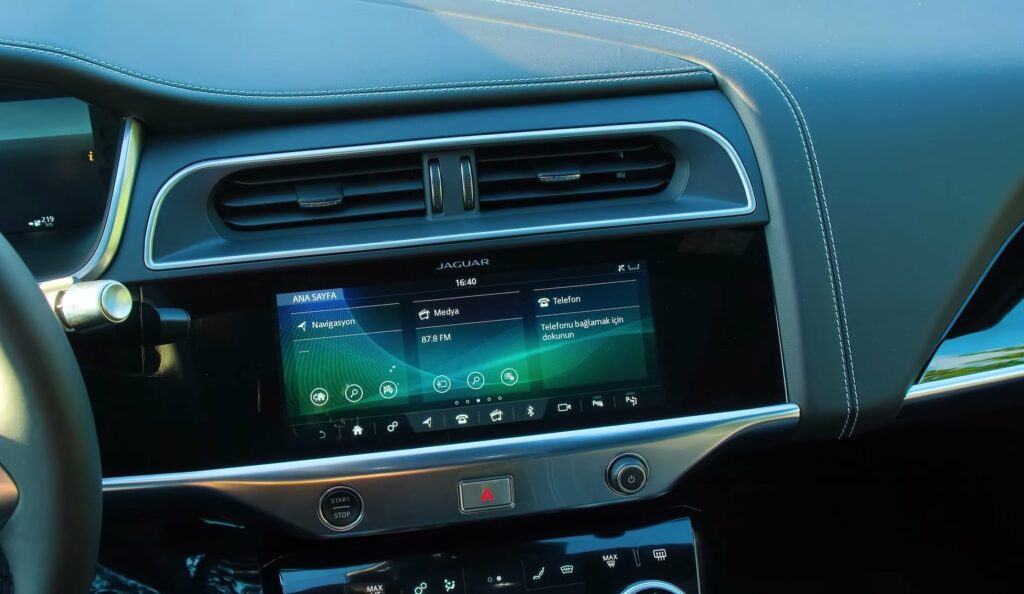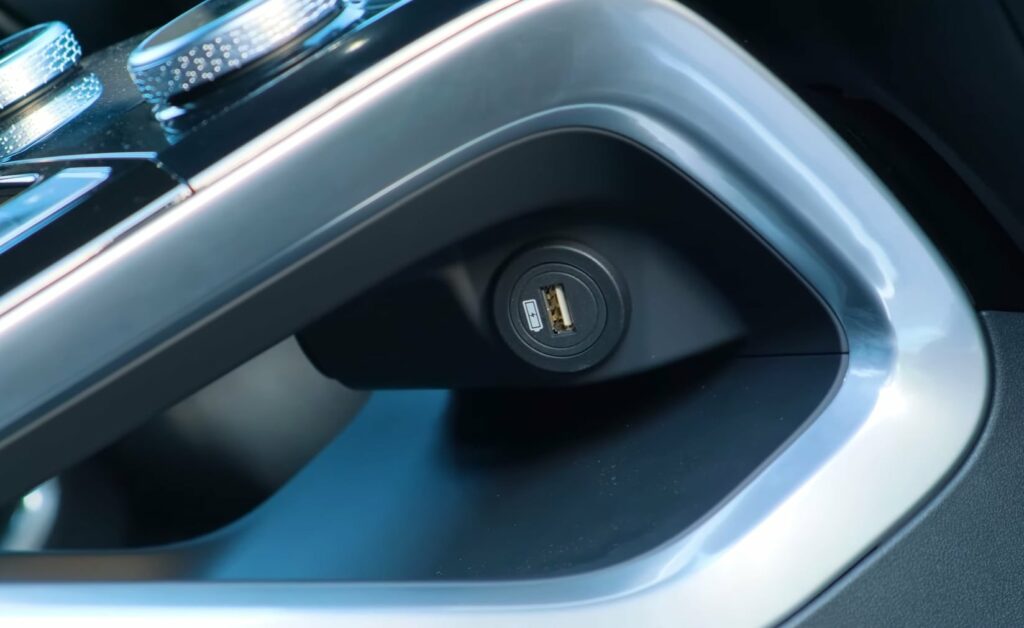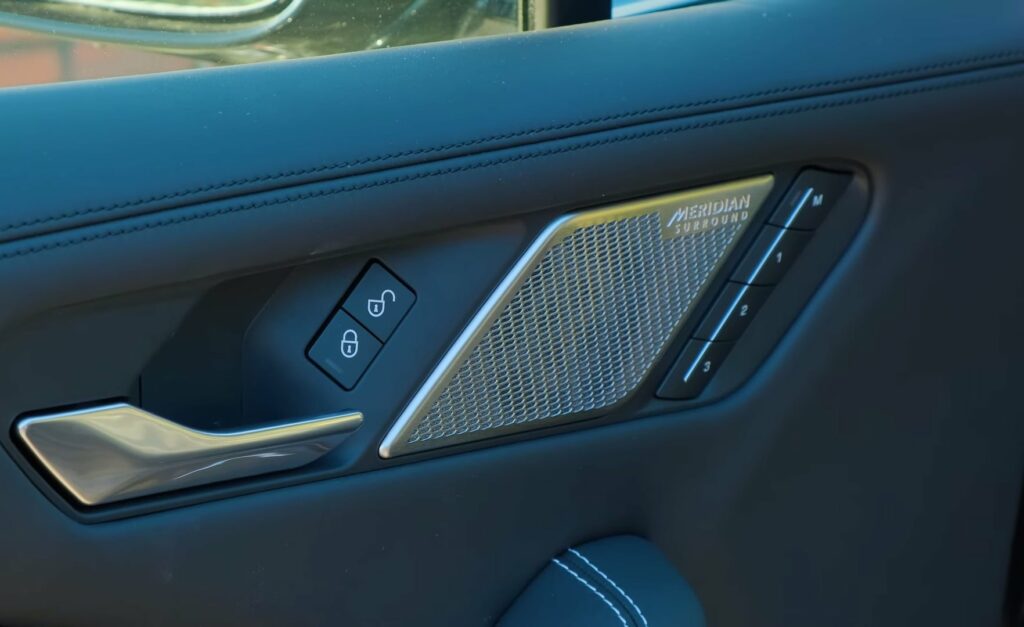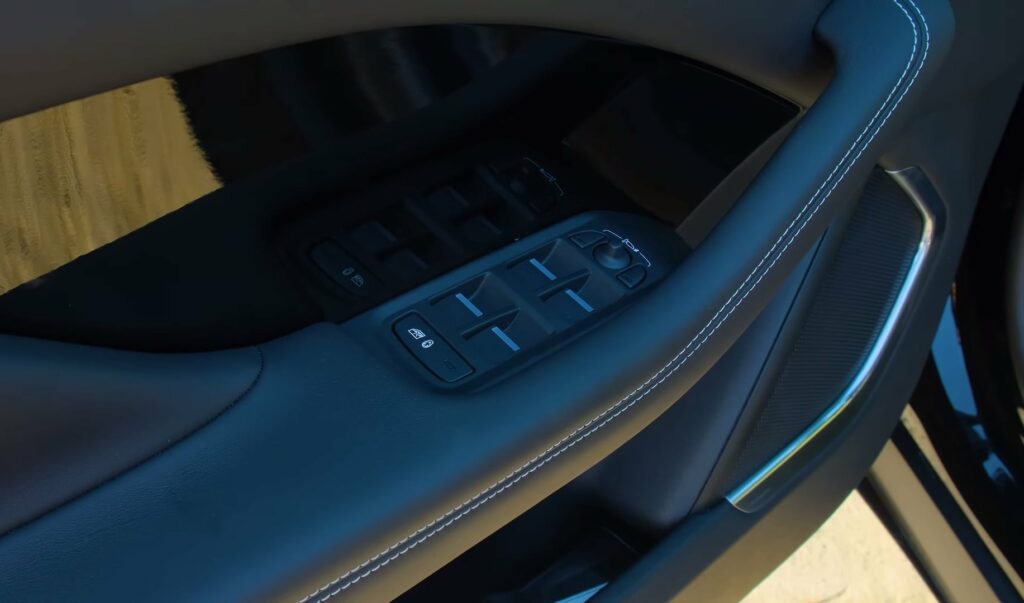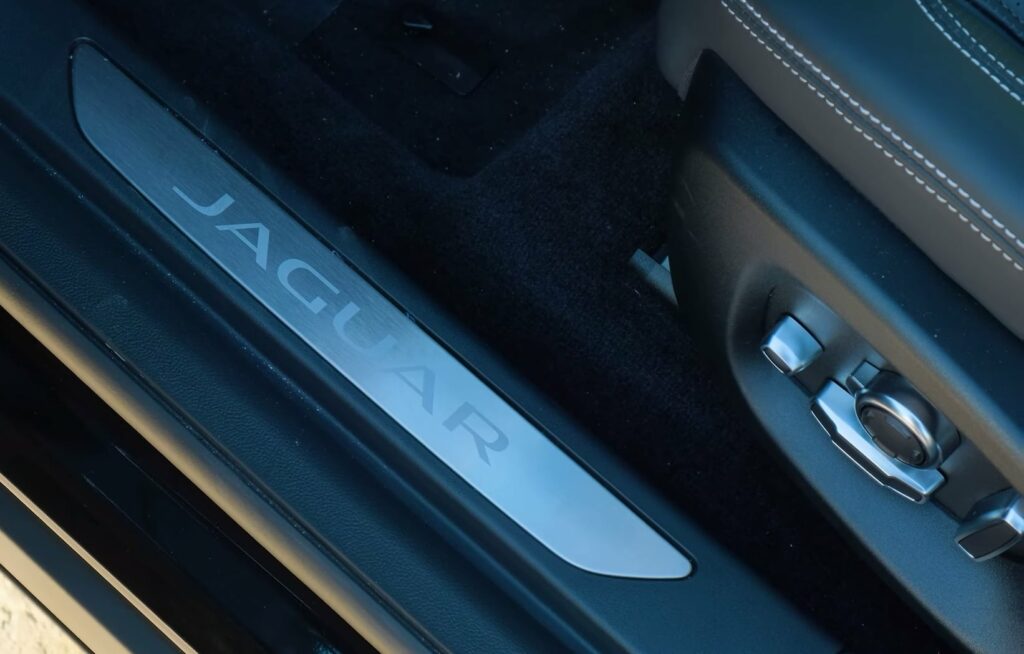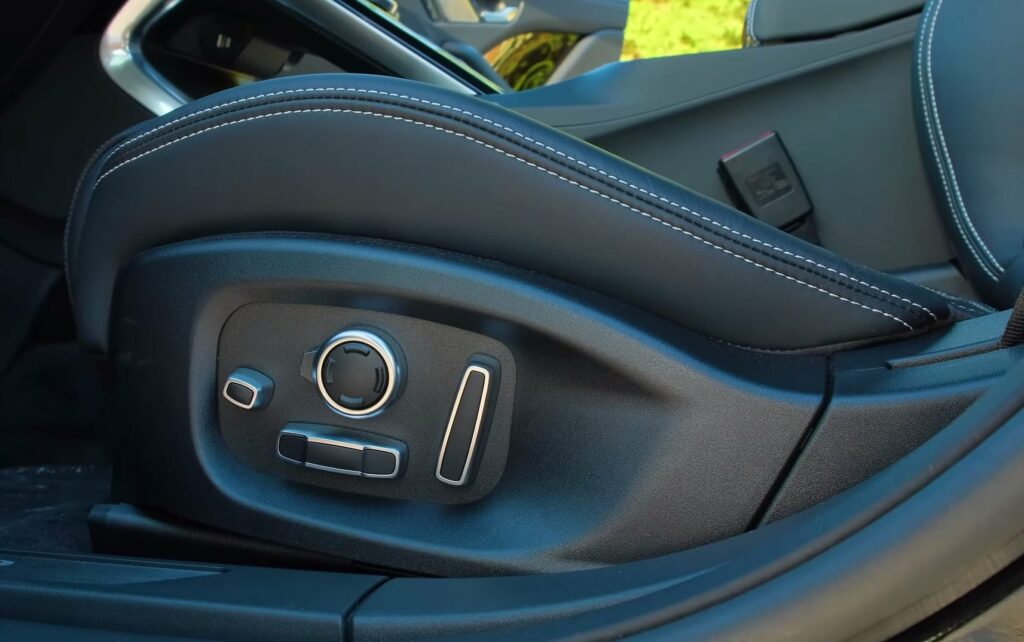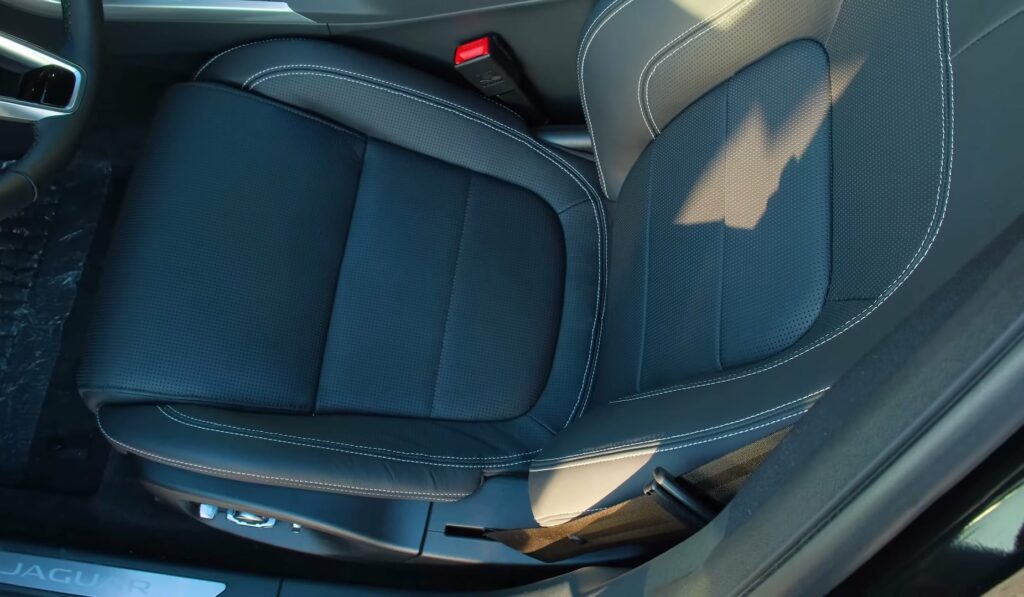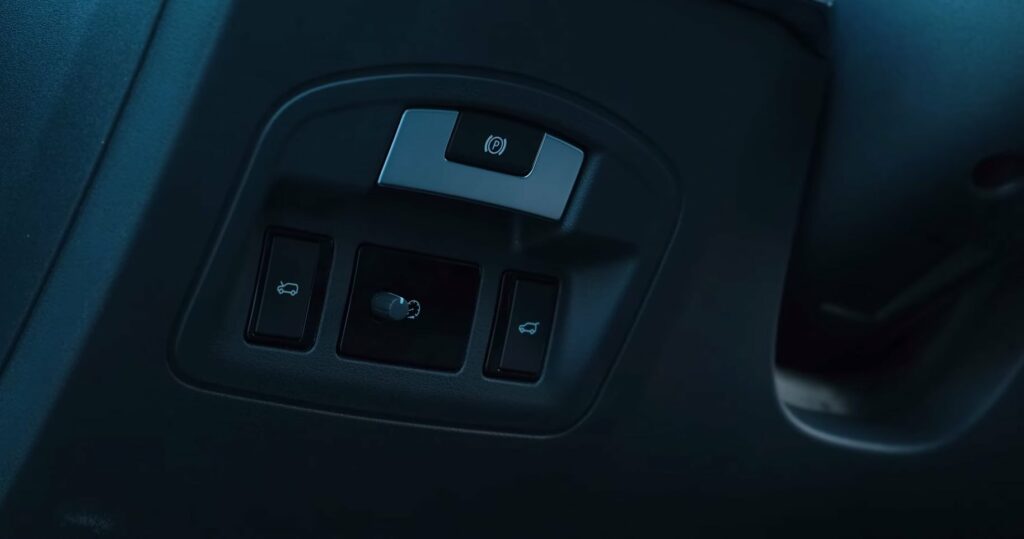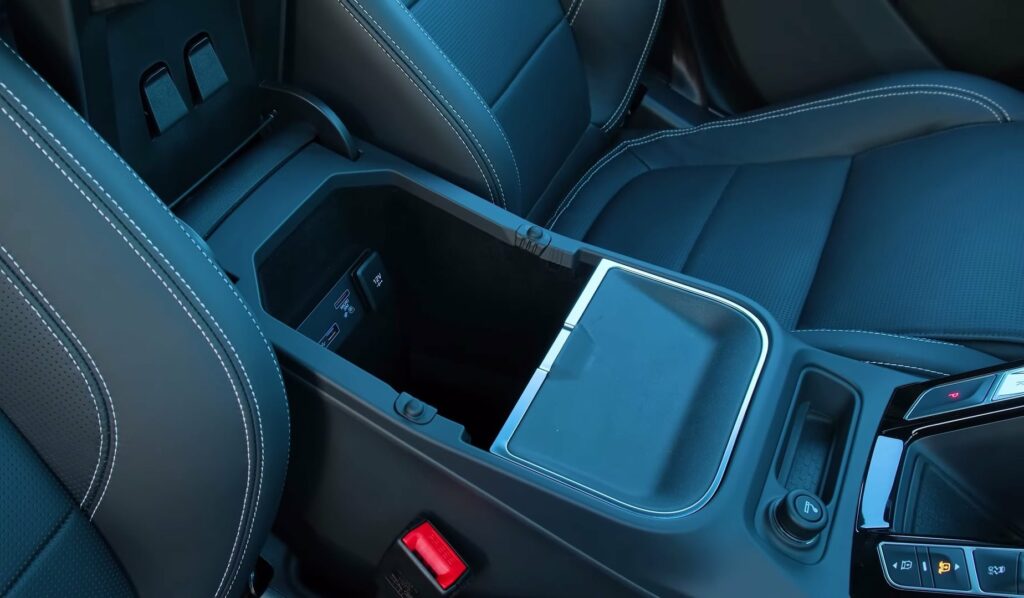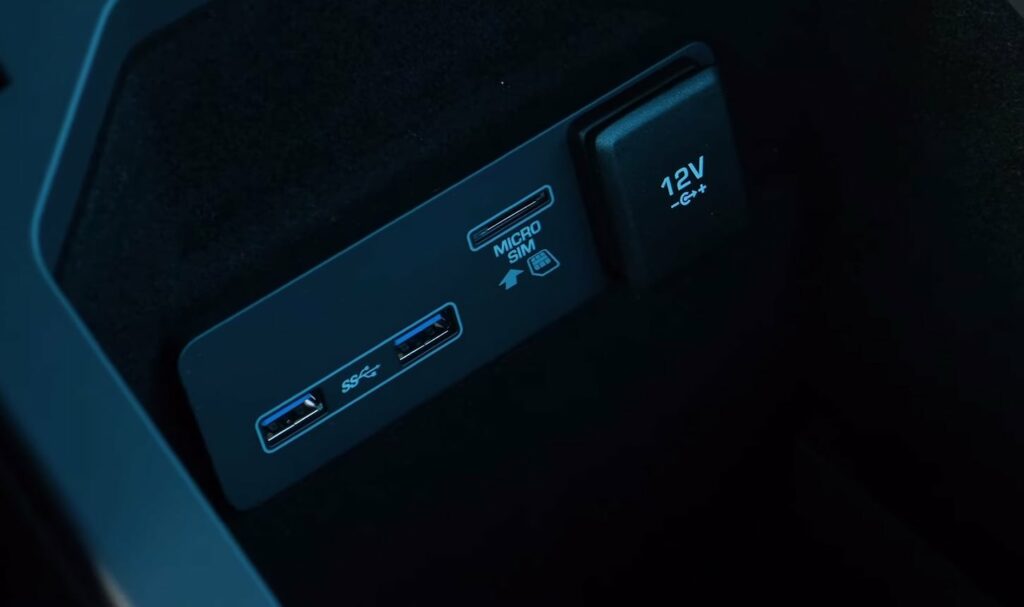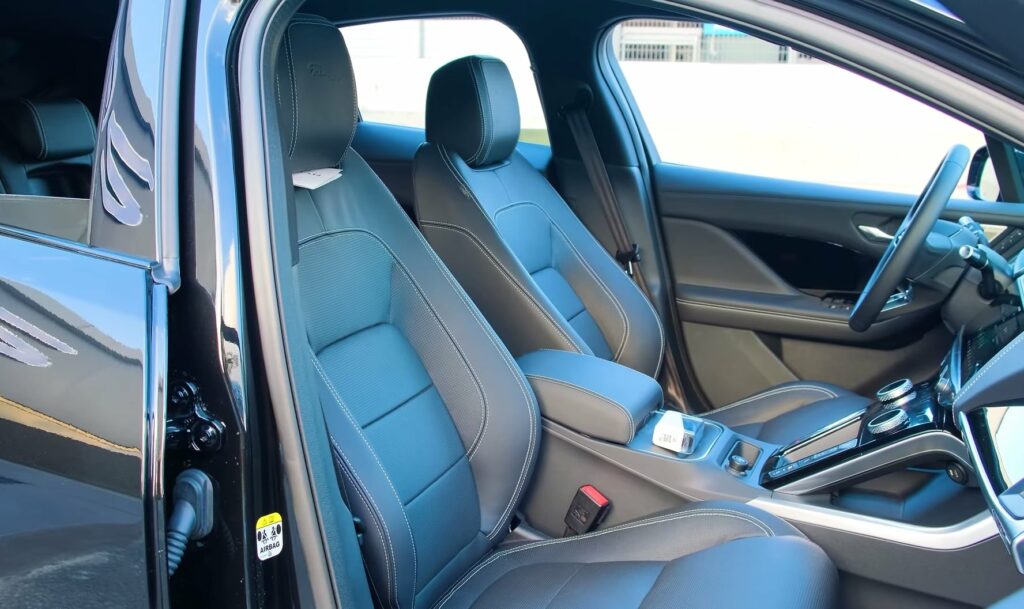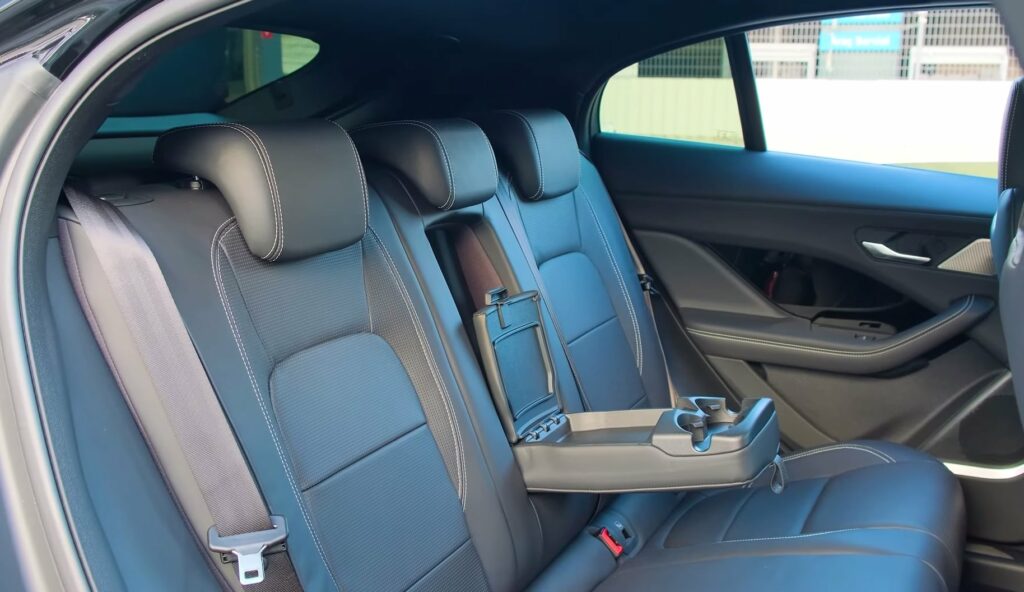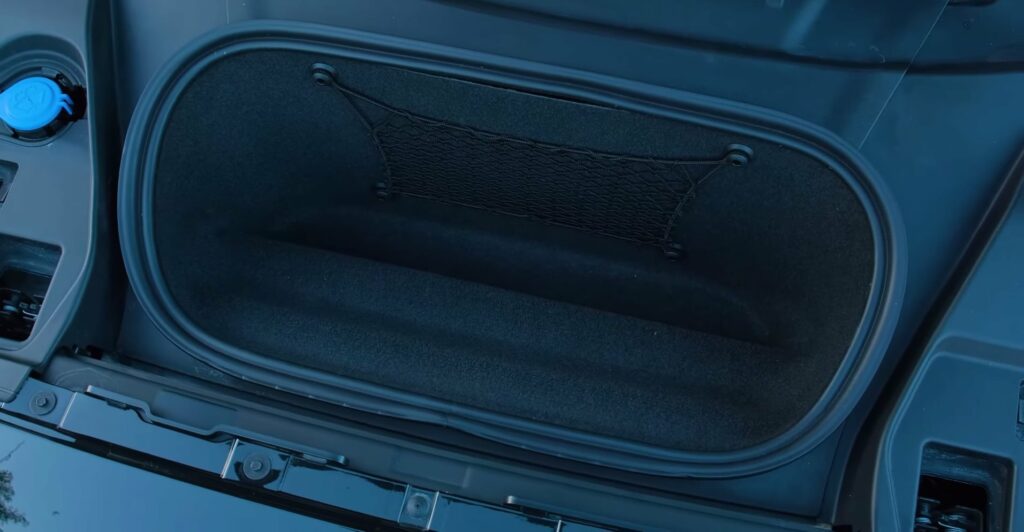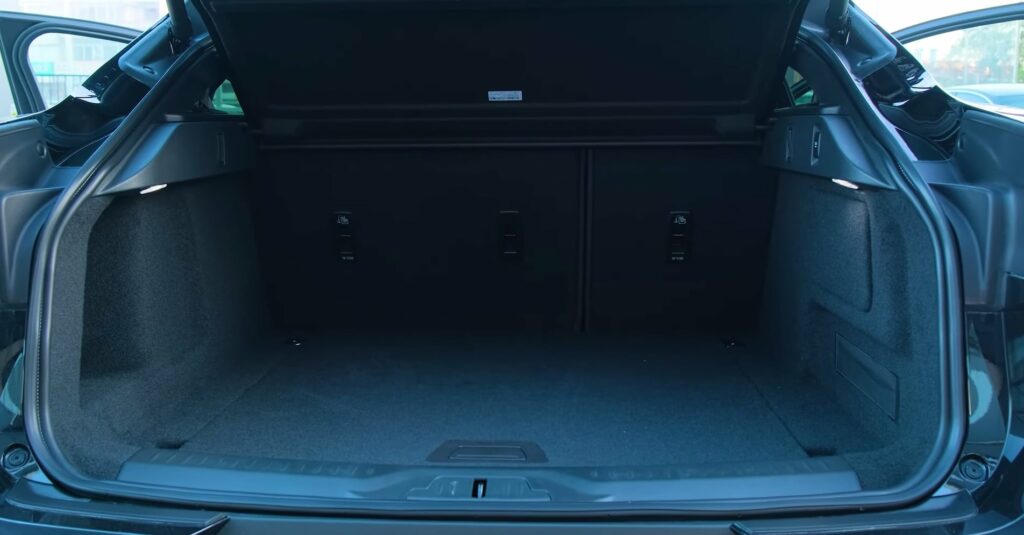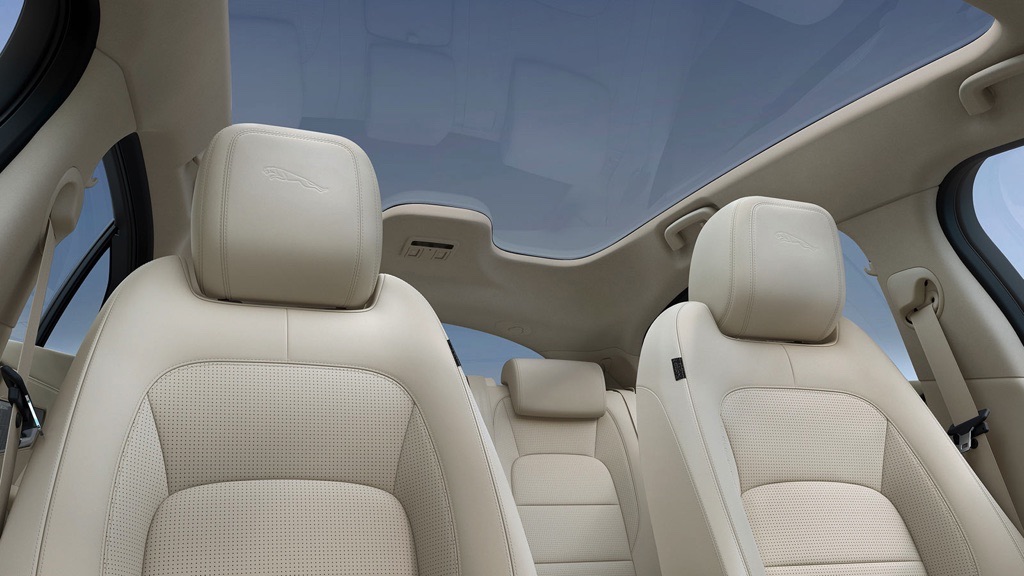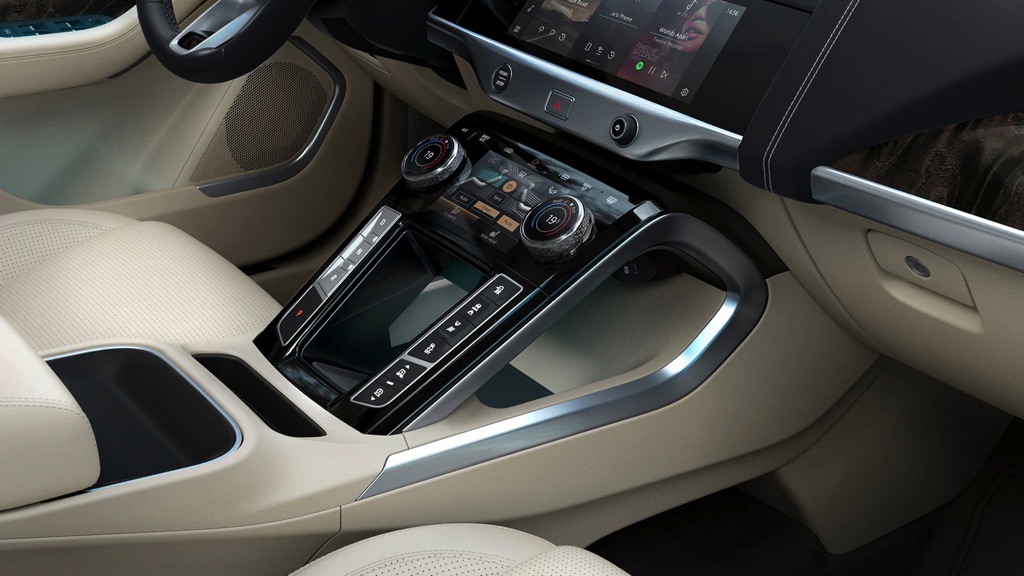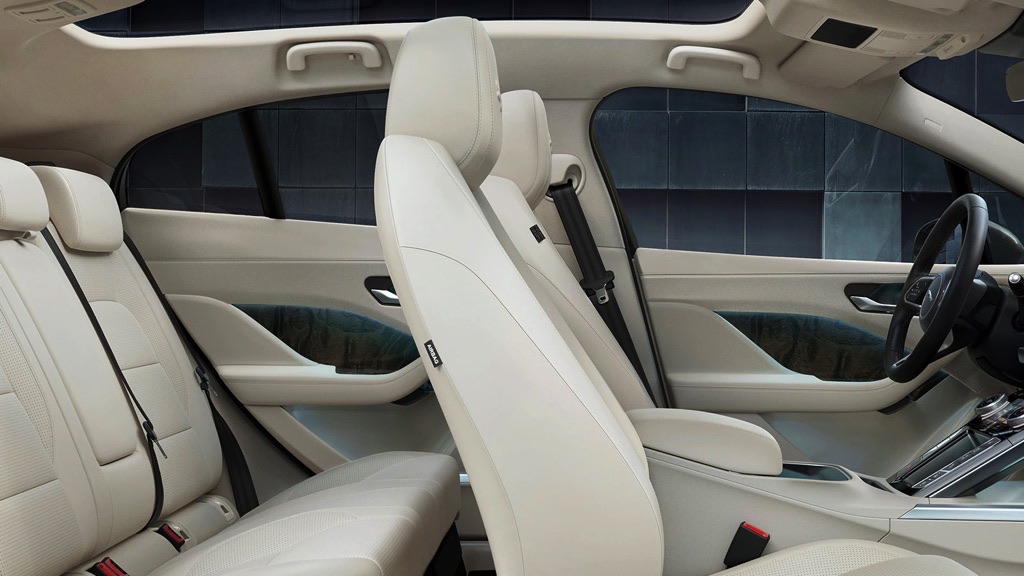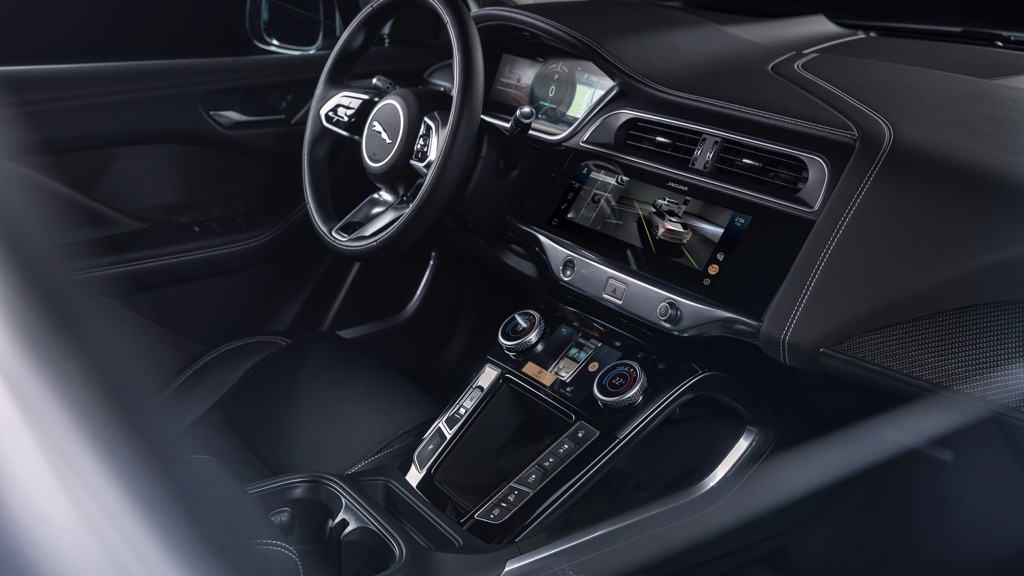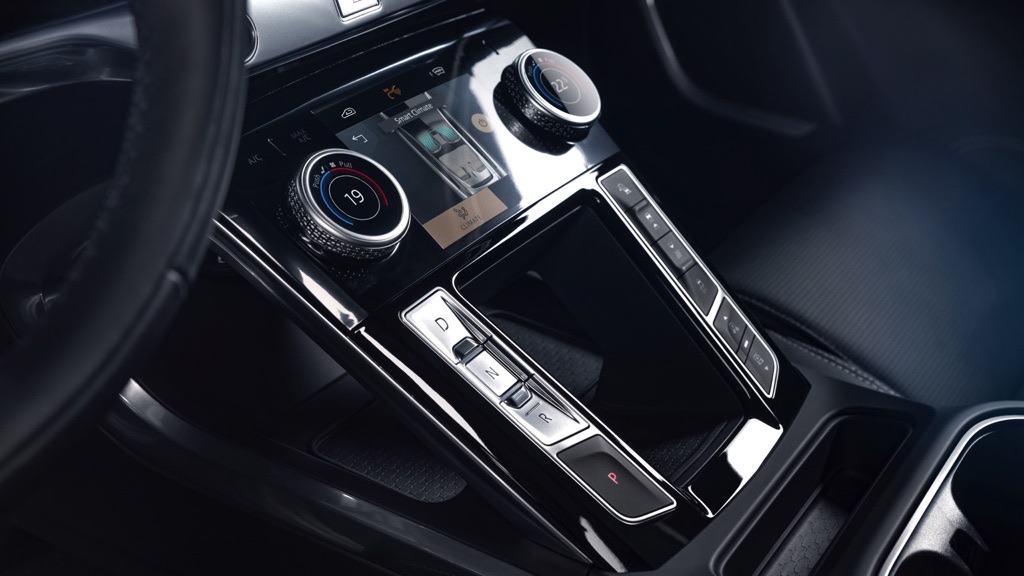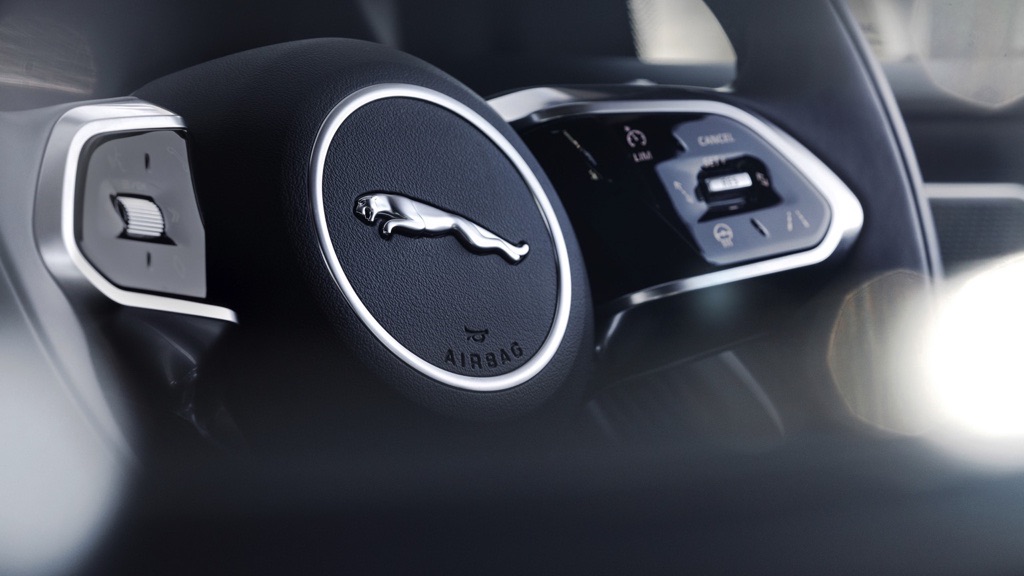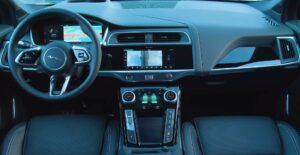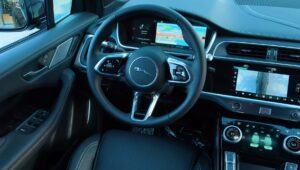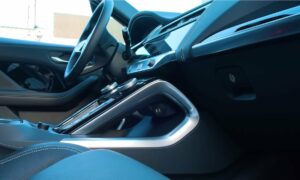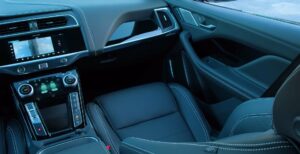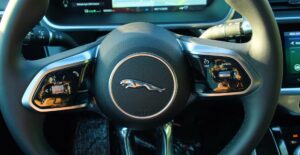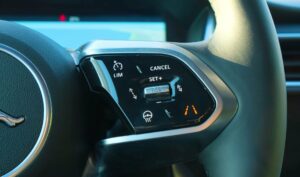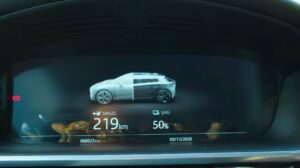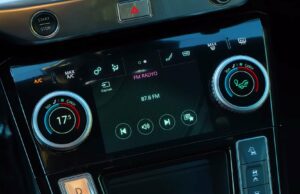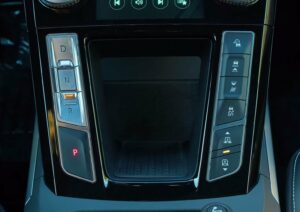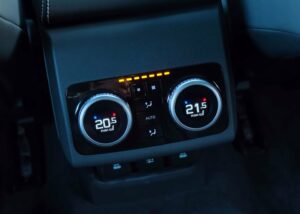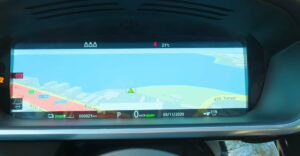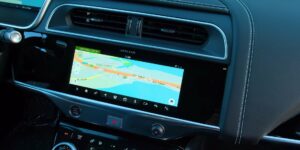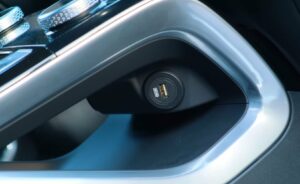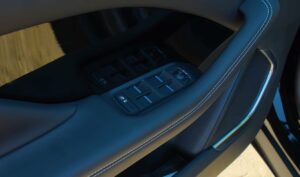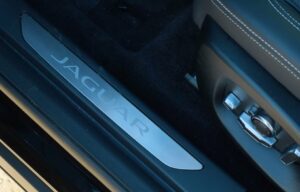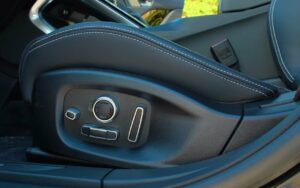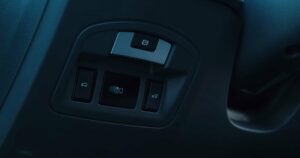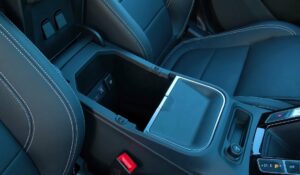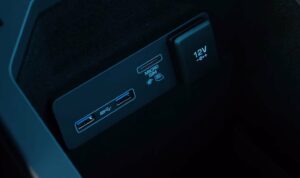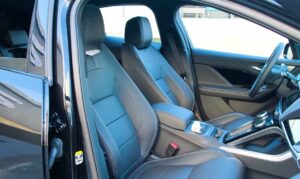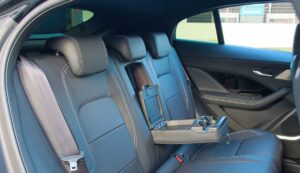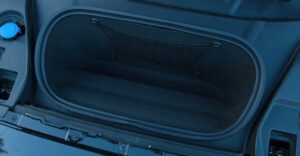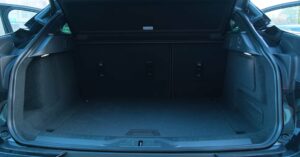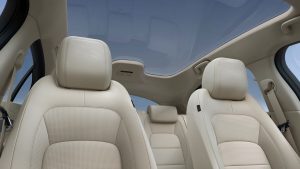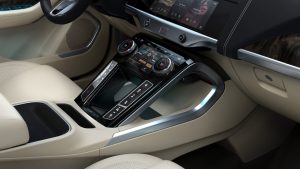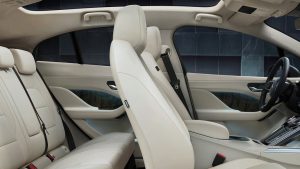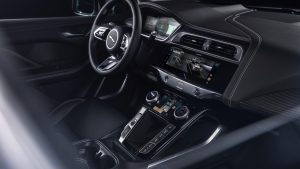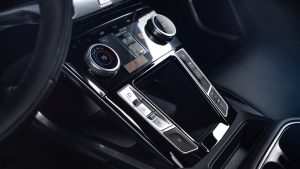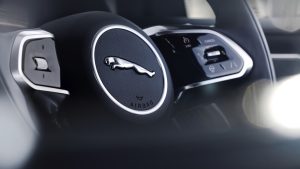Jaguar I-Pace EV400
The Jaguar I-Pace is an all-electric crossover from the famous British brand, made in the spirit of the times, in which every design feature emphasizes the progressive nature of the electric car.
I-Pace electrification features
The Jaguar I-Pace is equipped with the latest 90 kWh battery pack consisting of 432 cells. The battery of the electric car provides a range of 480 kilometers according to the WLTP cycle. Owners of an electric car can top up 80 percent of the battery capacity in just 40 minutes using a 100 kW DC fast charger. As a regular alternative, a 7 kW wall box home charger can be used to charge the battery up to 80% in ten hours.
Powertrain features of the electric crossover
The Jaguar I-Pace combines all-wheel-drive performance, powerful 696 Nm of torque, and zero emissions. The instantaneous transfer of all torque inherent in electric vehicles provides Jaguar I-Pace with superior dynamic performance allowing the crossover to accelerate to a hundred in 4.8 seconds.
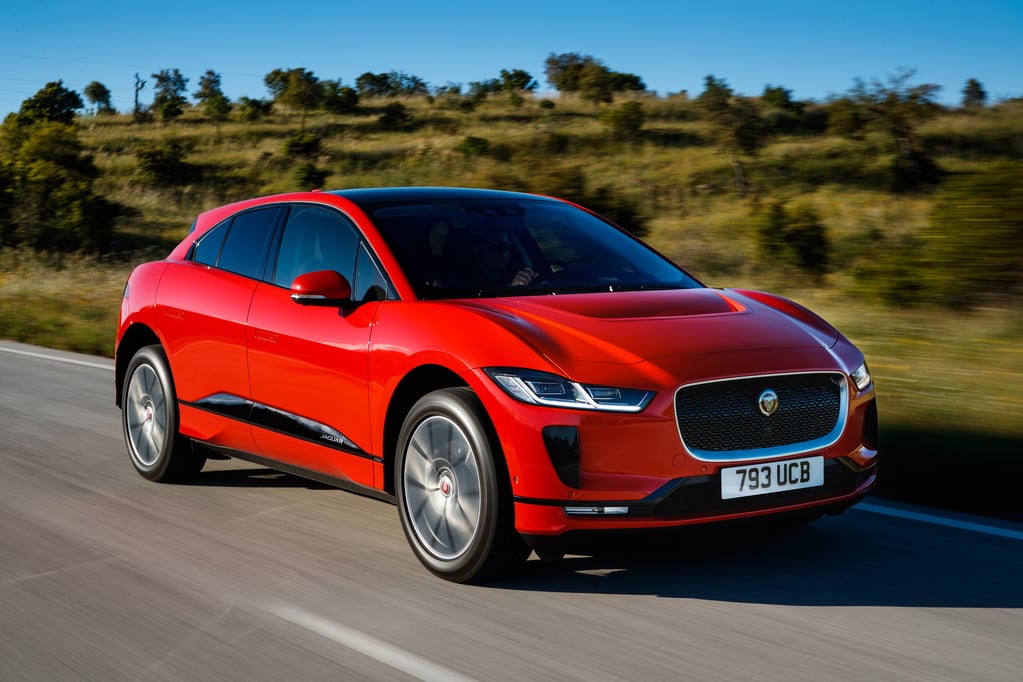
Two newly developed Jaguar permanent magnet synchronous electric motors drive the front and rear axles. Each motor works perfectly with the single-speed gearbox and differential to provide instant, precise distribution of torque to all four wheels.
The I-Pace electric crossover was originally conceived as a high-performance electric vehicle providing dynamic driving, everyday practicality, refinement, and safety. Engineers placed the battery pack as low as possible between the axles, enabling 50/50 weight distribution and a low center of gravity, which gave the electric car stability and made it as docile to steering commands as possible.
The car’s suspension, despite the weight of the battery, works perfectly, providing driving comfort, stability, and stiffness during sharp maneuvers and tight corners, excellent traction, and handling. The lightweight and compact suspension design, created with a significant amount of aluminum elements reduced the weight of the electric car and provided maximum interior space.
The Jaguar I-Pace features an advanced electrically assisted braking system, which provides greater pedal sensitivity with a combination of conventional mechanical and regenerative braking. The system allows the driver to select high and low levels of regenerative braking to improve ride performance and energy output, allowing intuitive single-pedal control of the vehicle.

Operational innovations of the Jaguar I-Pace electric crossover
The Jaguar I-Pace is designed to operate in hot or extremely cold climates. The minimum allowable temperature to drive an electric car is – 40 degrees, which is 10 degrees lower than for other electric cars.
This was achieved by reliable insulation of the battery pack and an advanced heating system of the electric car. In cold conditions, the heat pump helps maintain optimal operating conditions, both in the cabin and in the battery pack. The heat pump is powered by ambient energy and heats the cabin with inverters and power electronics rather than relying solely on battery power so that even in harsh winters Jaguar I-Pace will retain a solid range.
Jaguar I-Pace electric car exterior
The appearance of the Jaguar I-Pace is almost the same as that of the model’s convertible. The sleek coupe-like silhouette, wide front fenders, and pronounced “waist” of the car, complete with huge wheels create an unforgettable image.
The I-Pace’s drag coefficient is only 0.29. To reduce drag, the radiator grille has been transformed into a bold aerodynamic element that directs airflow through the hood and windshield to the coupe-style roof line. The airflow for cooling the battery and climate control system passes through blades in holes in the front bumper that open as needed.
Hidden inside, the door handles, which keep the lines clean and also help improve aerodynamics, slide out of the doors at the press of a button on the key fob or by touch.
The optics are based on Jaguar Land Rover’s new Matrix LED lighting technology and accentuate the graceful lines of the I-Pace.
Jaguar I-Pace electric car interior
Inside, the Jaguar I-Pace impresses with its attention to detail and the space that is deceptively hidden behind the coupe’s compact silhouette. Bright high-resolution displays with touch controls, and rotary and push-button switches all blend harmoniously into the interior and don’t look like a foreign element.
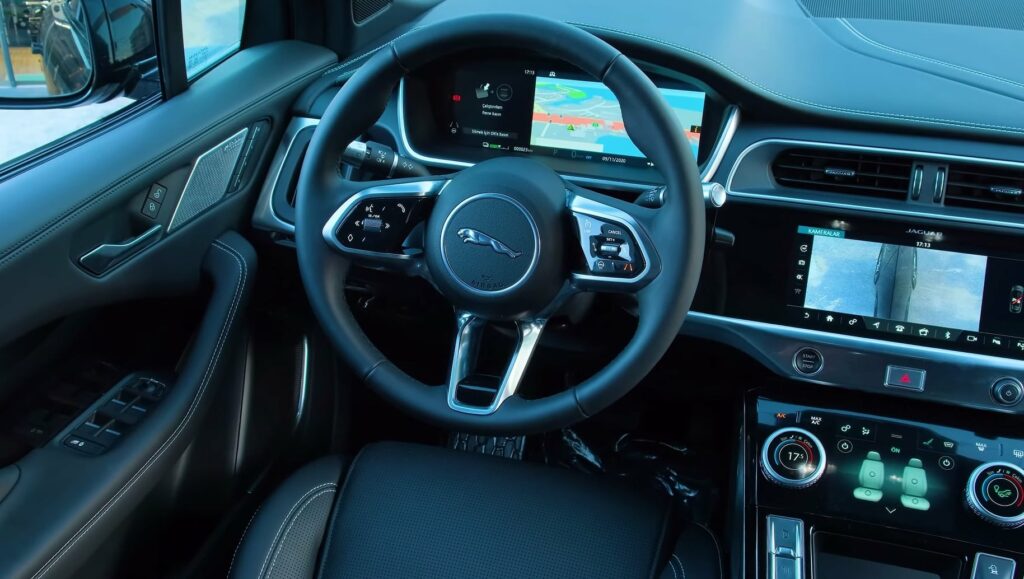
Interior materials have been carefully selected to ensure a harmony of natural finishes and high-tech elements. High-quality black plastic, satinwood, and aluminum in a perfect finish are predominant.
| Performance | |
| Acceleration 0 – 100 km/h | 4.8 sec |
| Top Speed | 200 km/h |
| Electric Range | 380 km |
| Total Power |
294 kW (400 PS)
|
| Total Torque | 696 Nm |
| Drive | AWD |
| Battery and Charging | |
| Battery Capacity | 90.0 kWh |
| Battery Useable | 84.7 kWh |
| Europe | |
| Charge Port | Type 2 |
| Port Location | Left Side – Front |
| Charge Power | 11 kW AC |
| Charge Time (0->380 km) | 9h15m |
| Charge Speed | 42 km/h |
| Fastcharge Port | CCS |
| FC Port Location | Left Side – Front |
| Fastcharge Power (max) | 104 kW DC |
| Fastcharge Time (38->304 km) | 44 min |
| Fastcharge Speed | 360 km/h |
| Energy Consumption EVDB Real Range | |
| Range | 380 km |
| Vehicle Consumption | 223 Wh/km |
| CO2 Emissions | 0 g/km |
| Vehicle Fuel Equivalent | 2.5 l/100km |
| NEDC Ratings | |
| Range | 543 km |
| Rated Consumption | No Data |
| Vehicle Consumption | 156 Wh/km |
| CO2 Emissions | 0 g/km |
| Rated Fuel Equivalent | No Data |
| Vehicle Fuel Equivalent | 1.8 l/100km |
| WLTP Ratings | |
| Range | 470 km |
| Rated Consumption | 220 Wh/km |
| Vehicle Consumption | 180 Wh/km |
| CO2 Emissions | 0 g/km |
| Rated Fuel Equivalent | 2.5 l/100km |
| Vehicle Fuel Equivalent | 2.0 l/100km |
|
Rated = official figures as published by manufacturer. Rated consumption and fuel equivalency figures include charging losses.
|
|
|
Vehicle = calculated battery energy consumption used by the vehicle for propulsion and on-board systems.
|
|
| Real Energy Consumption between 153 – 308 Wh/km | |
| City – Cold Weather | 217 Wh/km |
| Highway – Cold Weather | 308 Wh/km |
| Combined – Cold Weather | 261 Wh/km |
| City – Mild Weather | 153 Wh/km |
| Highway – Mild Weather | 246 Wh/km |
| Combined – Mild Weather | 197 Wh/km |
|
Energy use for each trip will vary considerably depending on the driver and the conditions. Therefore, we have provided a range of estimates which can be useful in developing an understanding of the potential benefits of this technology. |
|
| Safety Rating | |
| Adult Occupant | 91% |
| Child Occupant | 81% |
| Rating Year | 2018 |
| Vulnerable Road Users | 73% |
| Safety Assist | 81% |
| Dimensions and Weight | |
| Length | 4682 mm |
| Width | 2011 mm |
| Width with mirrors | 2139 mm |
| Height | 1565 mm |
| Wheelbase | 2990 mm |
| Weight Unladen (EU) | 2208 kg |
| Gross Vehicle Weight (GVWR) | 2670 kg |
| Max. Payload | 537 kg |
| Cargo Volume | 505 L |
| Cargo Volume Max | 1163 L |
| Cargo Volume Frunk | No Data |
| Roof Load | 75 kg |
| Tow Hitch Possible | Yes |
| Towing Weight Unbraked | 750 kg |
| Towing Weight Braked | 750 kg |
| Vertical Load Max | No Data |
| Miscellaneous | |
| Seats | 5 people |
| Isofix | Yes, 2 seats |
| Turning Circle | 12 m |
| Platform | JLR D7e |
| Car Body | SUV |
| Segment | JE – Executive |
| Roof Rails | No |
| EV Dedicated Platform | No |
Home and Destination Charging (0 -> 100%)
A public charging station is required to use the highest possible charging rate. The EVSE/charging station’s charging capacity affects how long it takes to fully charge the battery. The table below shows all possible options for fully charging the Jaguar I-Pace EV400.
In Europe, plugging an electric car into an outlet is often as easy as plugging it into a household outlet, but there are differences from country to country. The table below shows the different ways to charge the Jaguar I-Pace EV400, but in some countries some chargers may not be available.
Type 2 (Mennekes – IEC 62196)

| Charging Point | Max. Power | Power | Time | Rate |
| Wall Plug (2.3 kW) | 230V / 1x10A | 2.3 kW | 43h30m | 9 km/h |
| 1-phase 16A (3.7 kW) | 230V / 1x16A | 3.7 kW | 27 hours | 14 km/h |
| 1-phase 32A (7.4 kW) | 230V / 1x32A | 7.4 kW | 13h30m | 28 km/h |
| 3-phase 16A (11 kW) | 400V / 3x16A | 11 kW | 9h15m | 41 km/h |
| 3-phase 32A (22 kW) | 400V / 3x16A | 11 kW | 9h15m | 41 km/h |
Fast Charging (10 -> 80%)
If you want to enjoy driving an electric car, one of the most important features to consider is the number of miles per hour the car can travel while charged. This is called the “range” of the car. All electric cars have a certain range, even if they are 100% charged. This is because they do not have an internal combustion engine to lean on if you need to drive a long distance.
Max. Power: The maximum power provided by the charging point
Avg. Power: The average power provided by the charging point during a session of 10% to 80%.
Time: the time it takes to charge from 10% to 80%
Speed: the average charging rate during the session of 10% to 80%
Combined Charging System (CCS Combo 2)
| Charging Point | Max. Power | Avg. Power | Time | Rate |
| CCS (50 kW DC) | 50 kW | 50 kW | 75 min | 210 km/h |
| CCS (175 kW DC) | 104 kW | 85 kW | 44 min | 360 km/h |
| CCS (350 kW DC) | 104 kW | 85 kW | 44 min | 360 km/h |
| Brand | Jaguar |
| Model | I-Pace EV400 |
| Body Style | SUV |
| Car Engine | electric |
| Motor power | 294 |
| Maximum Torque, Nm | 696 |
| Battery Energy, kWh | 84.7 |
| Power reserve (NEDC/EPA/WLTP), km | - / - / 380 |
| Level Charging (230/400/DC), hours | - / - / 0.44 |
| Electrical Acceleration, 0-100 km/h (0-62.1 mph) in sec | 200 |
| Top Speed, km/h | 4.8 |
